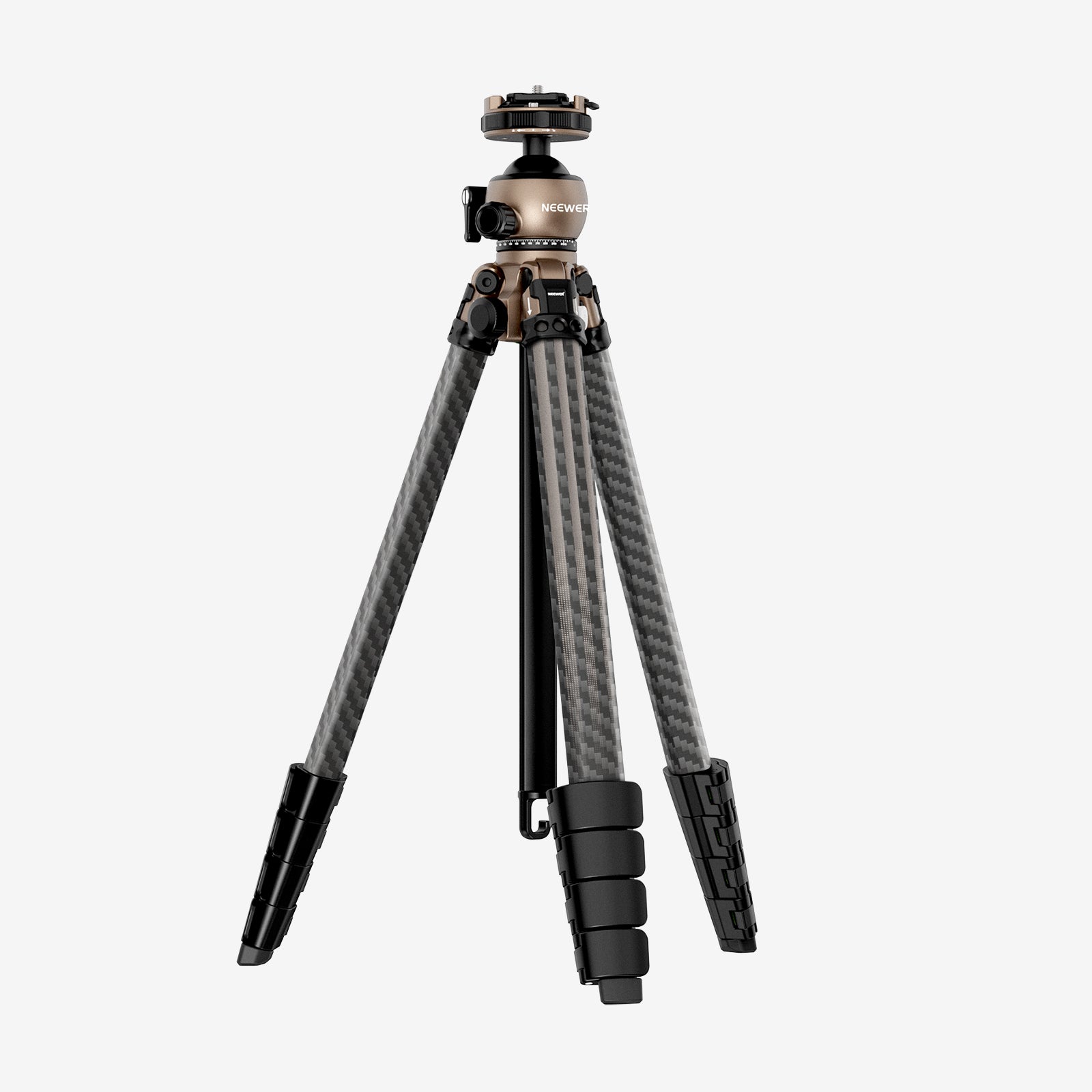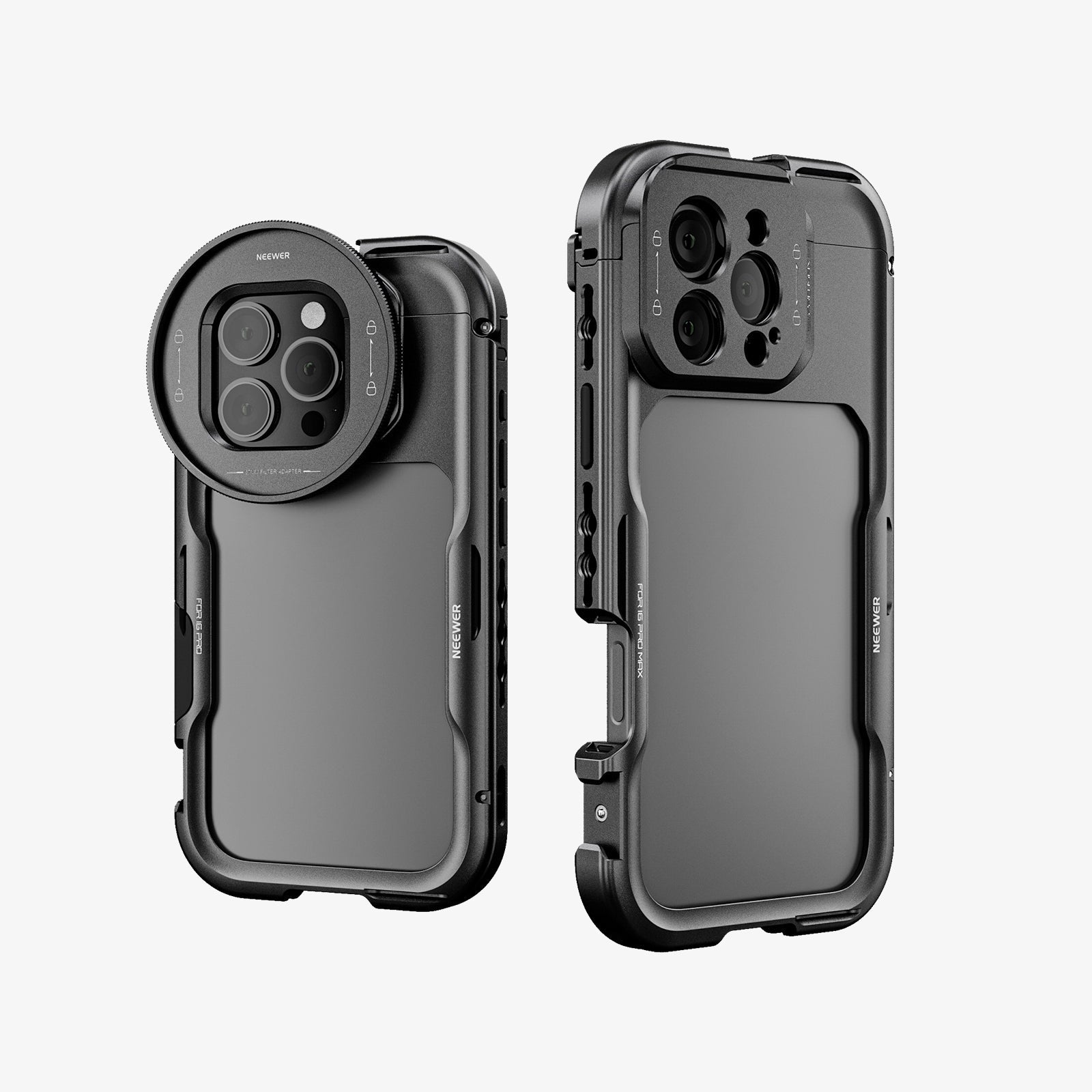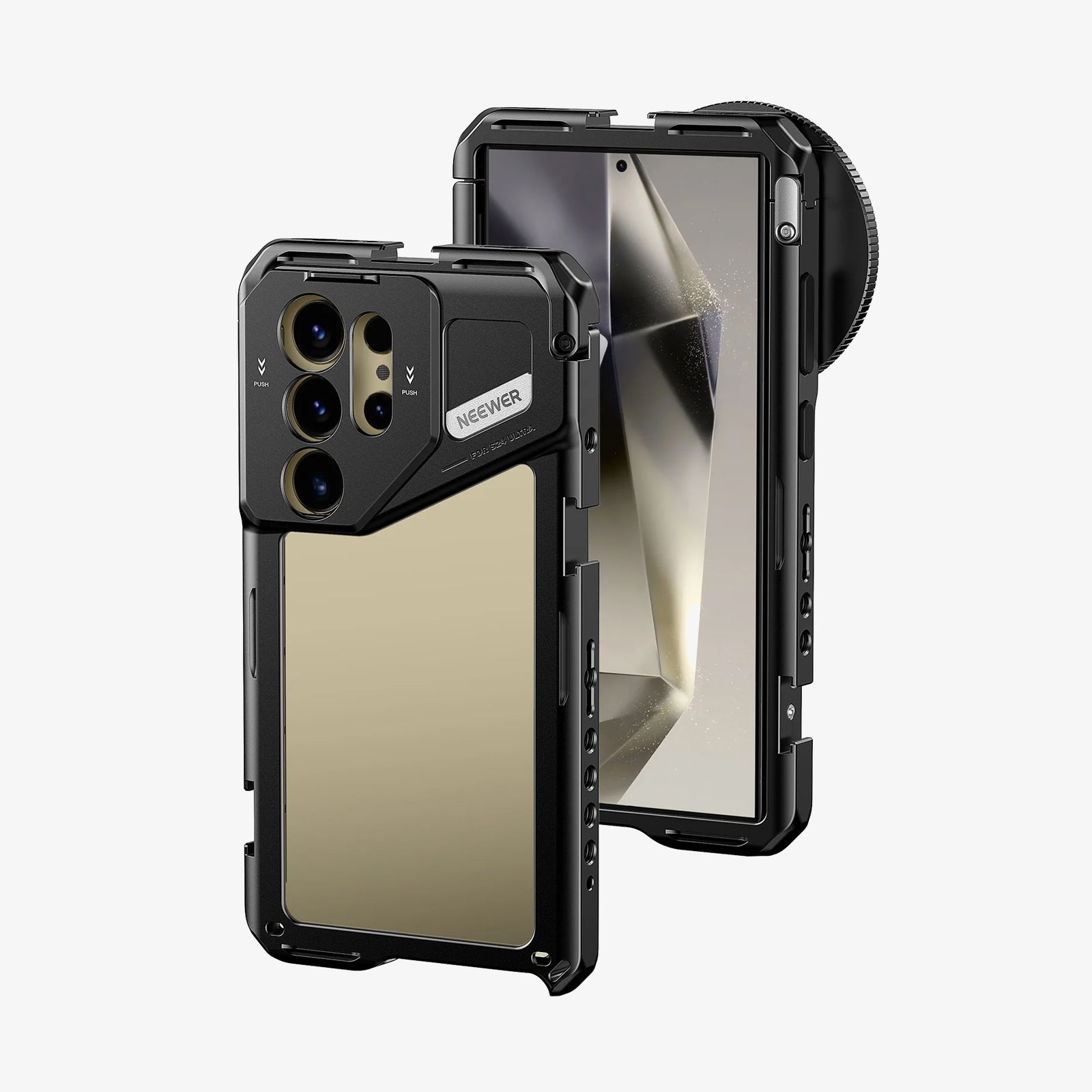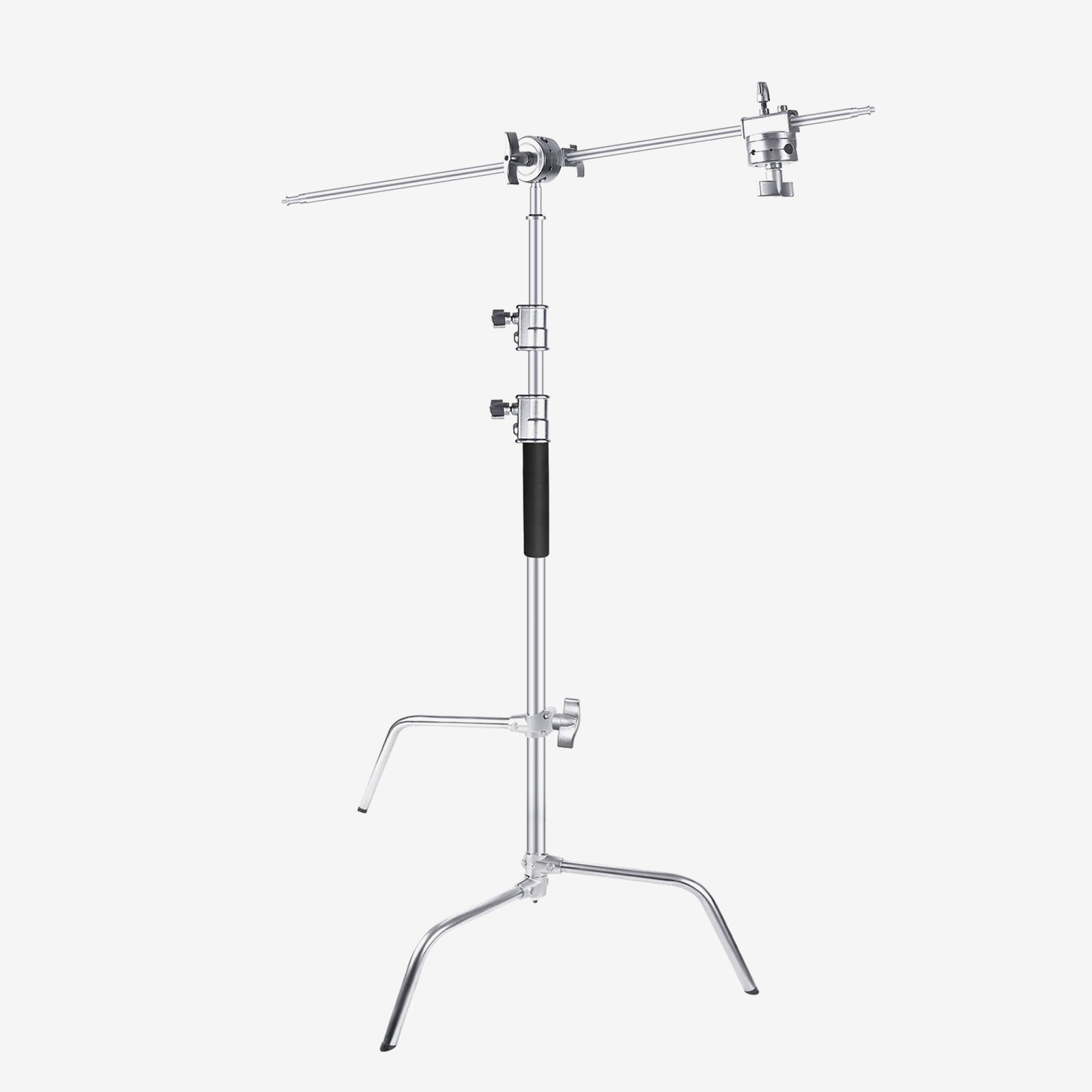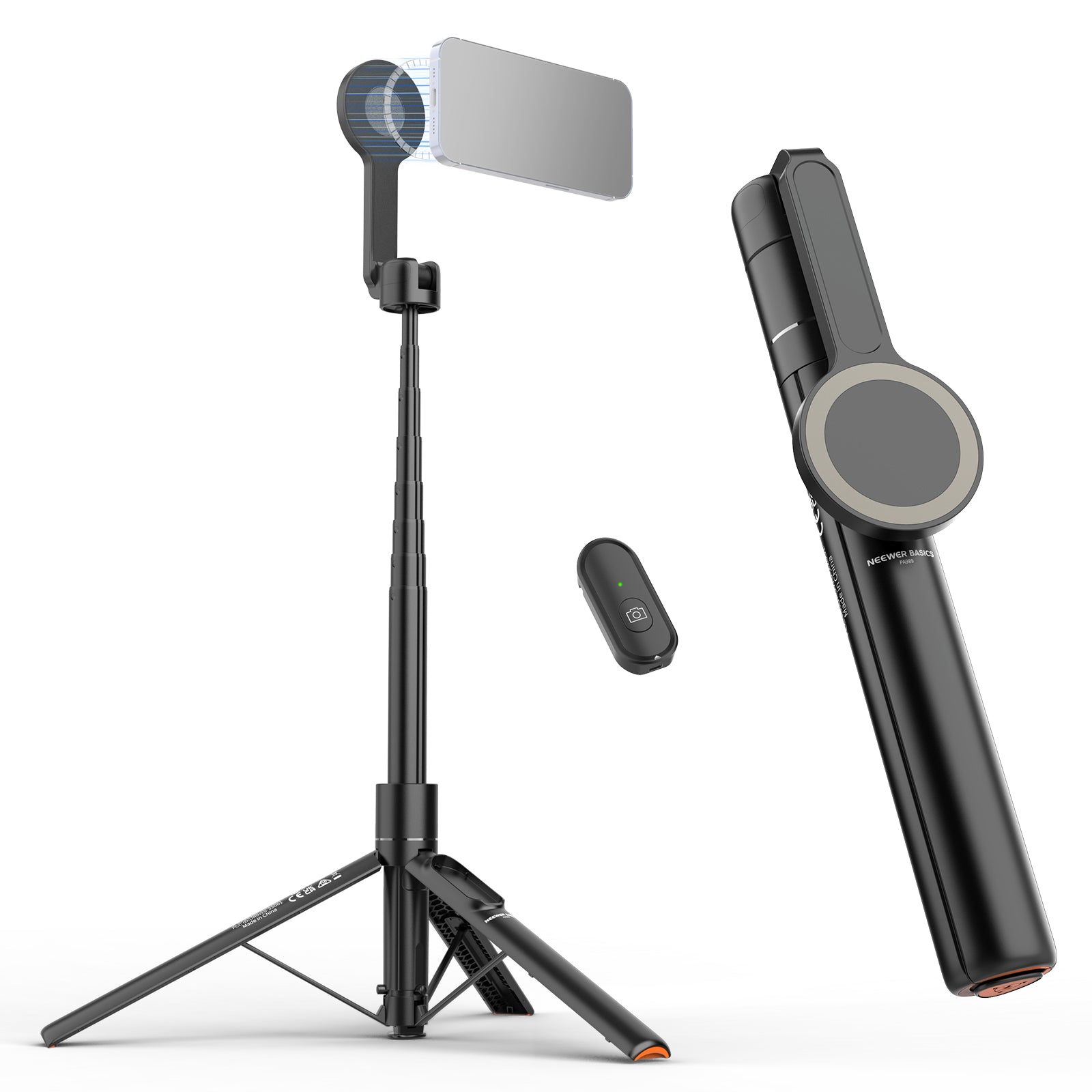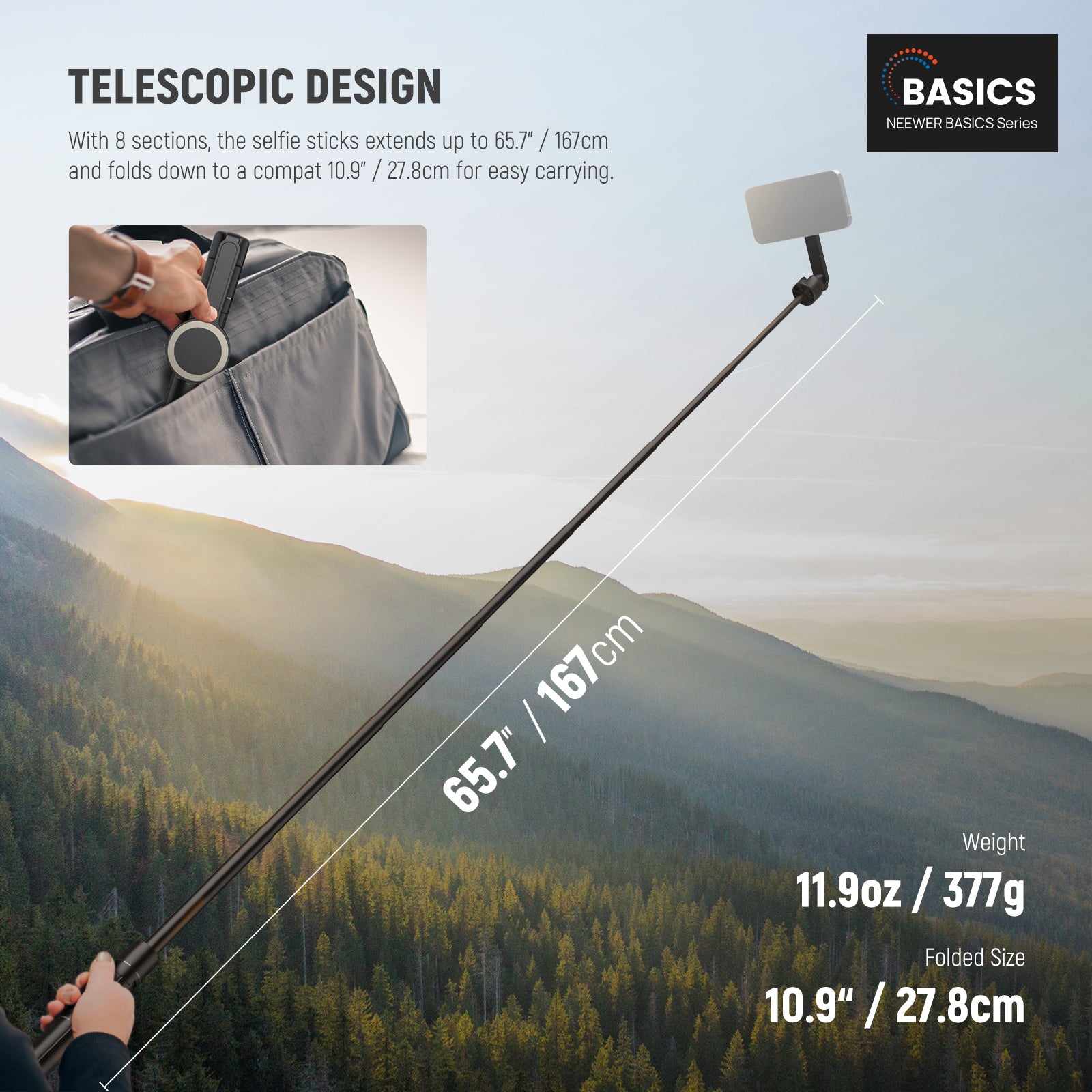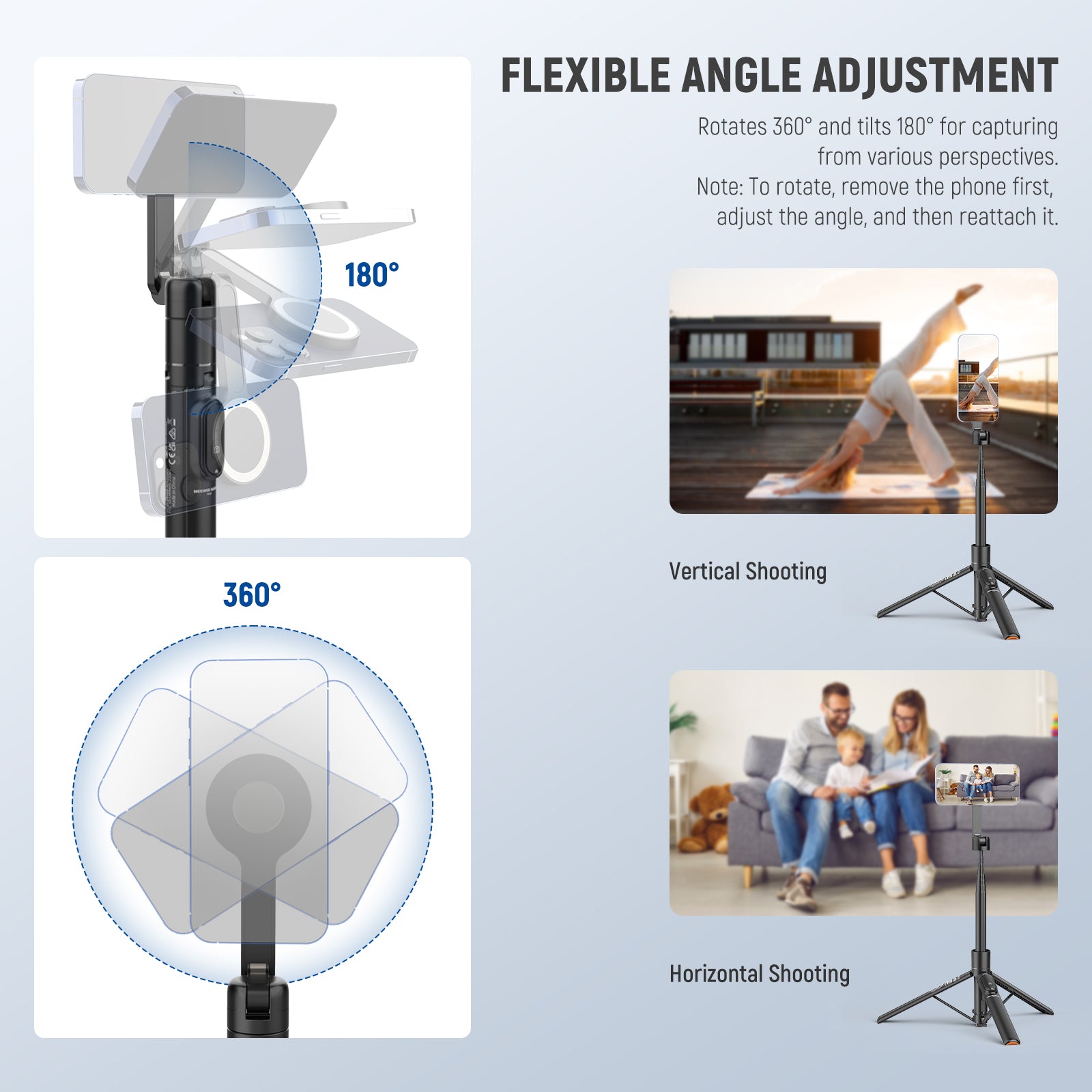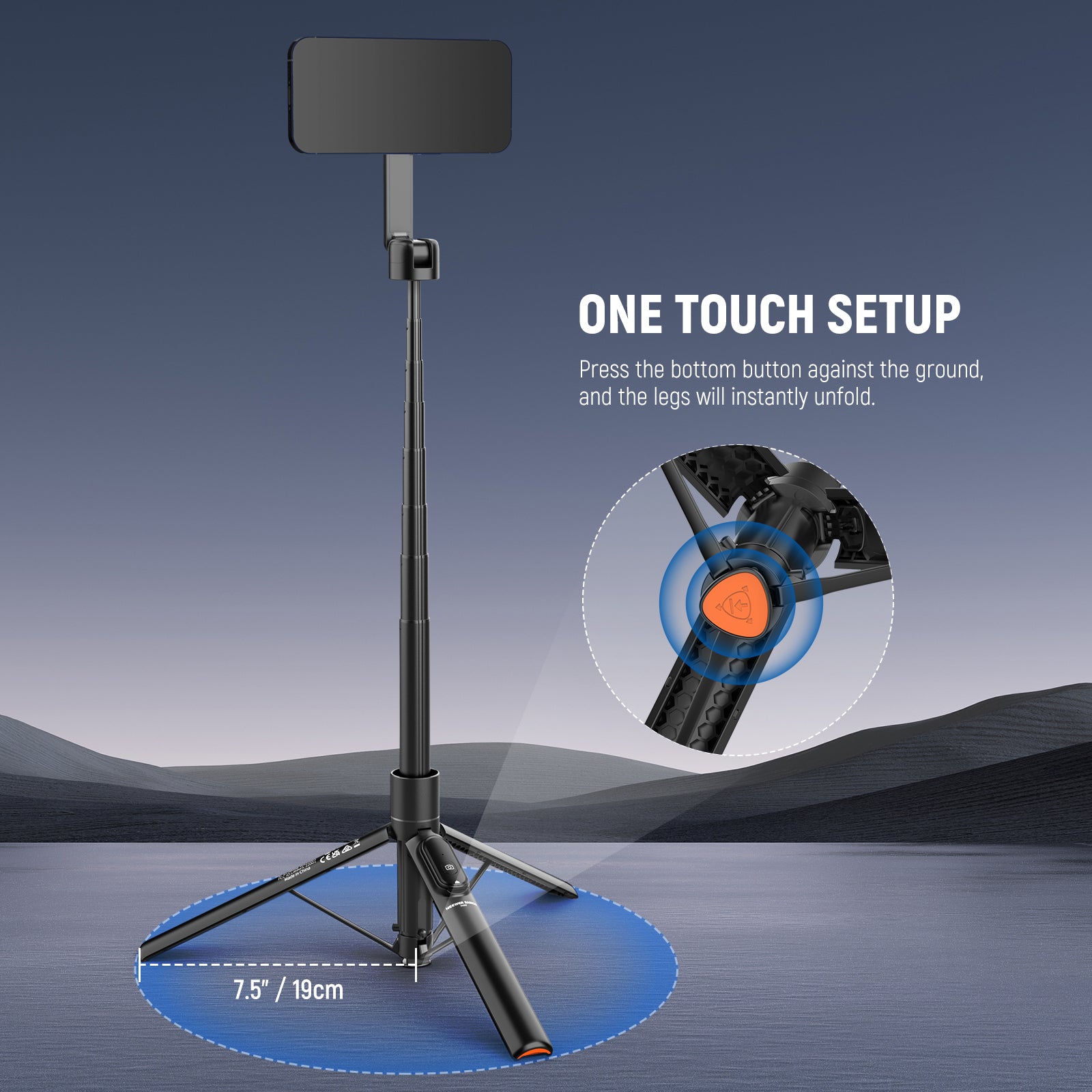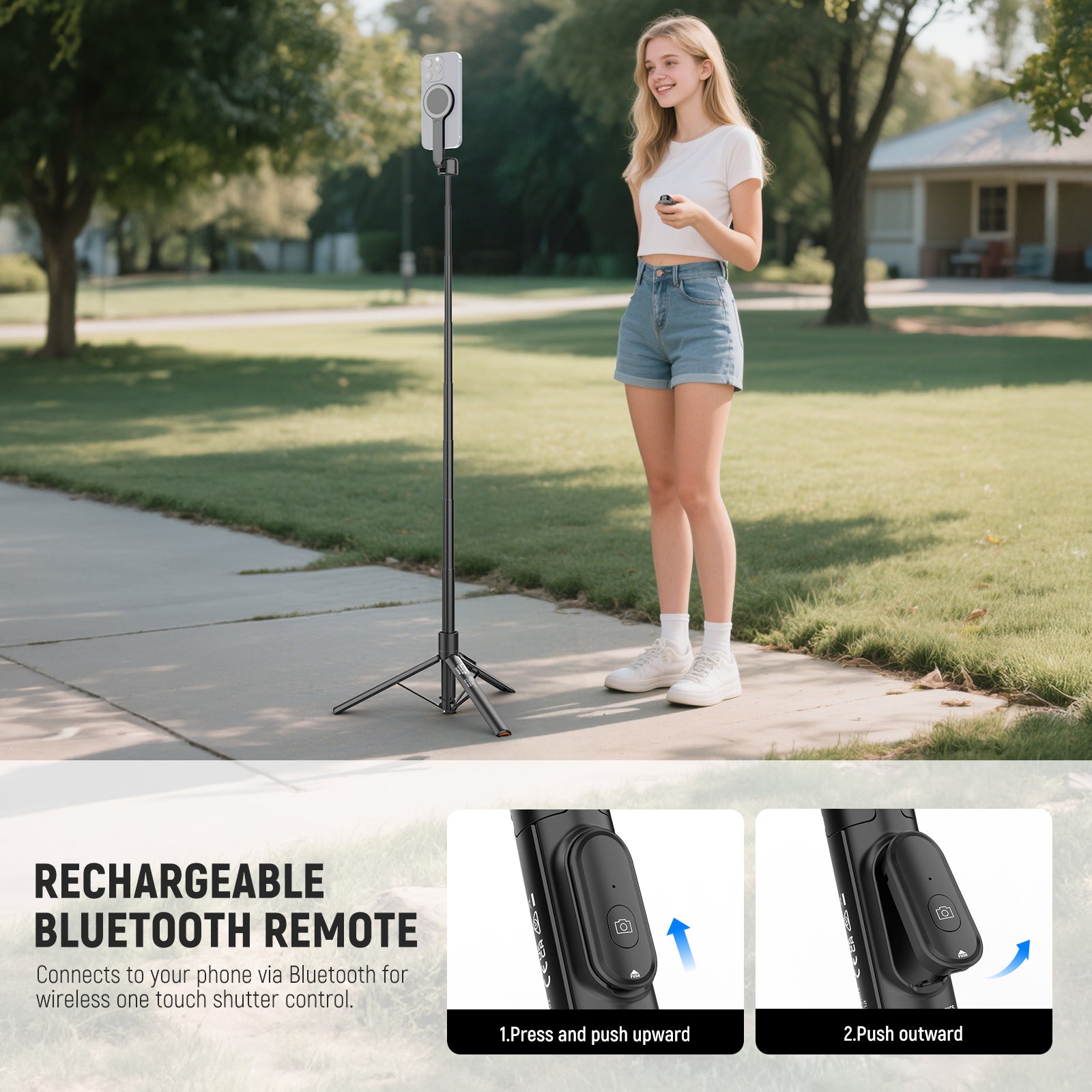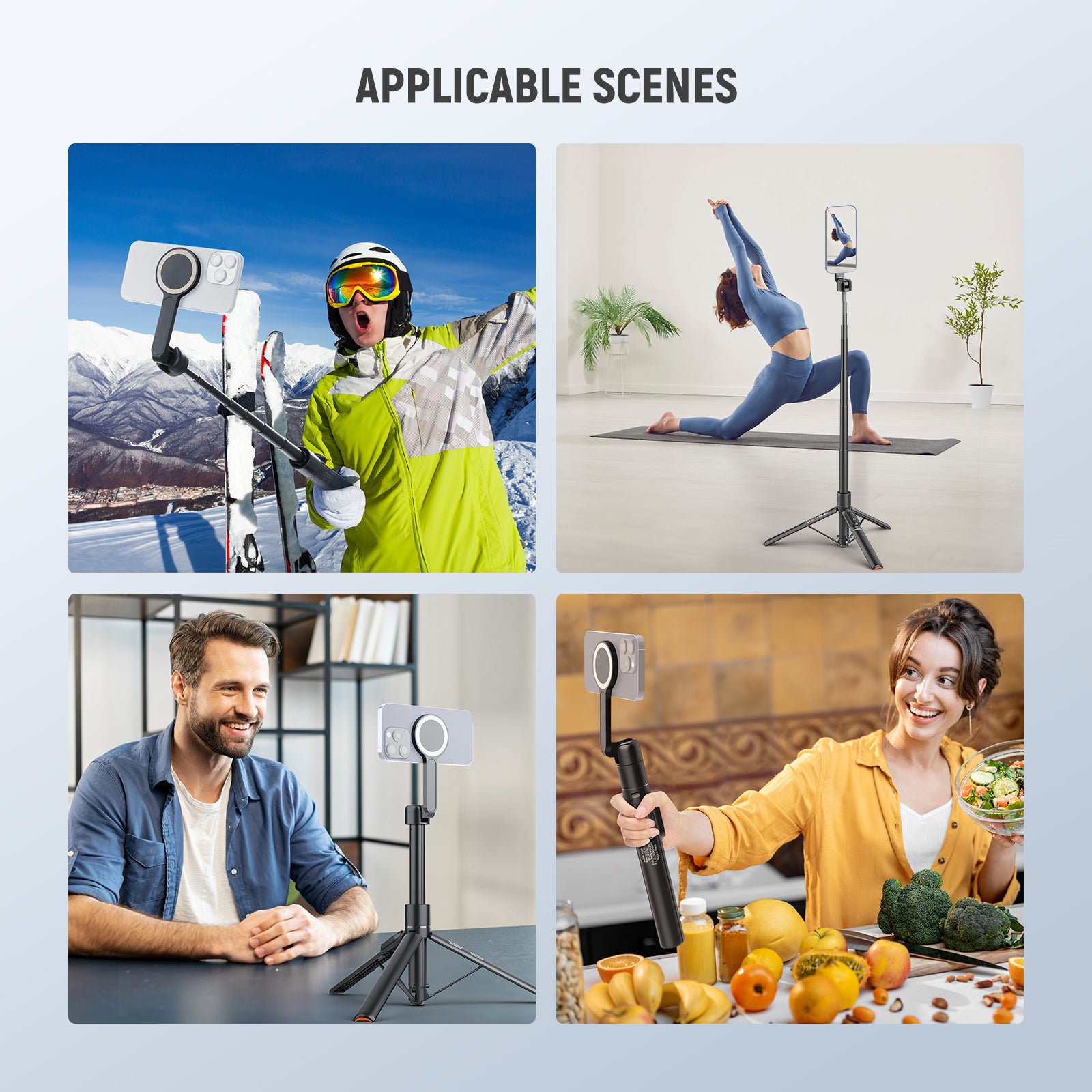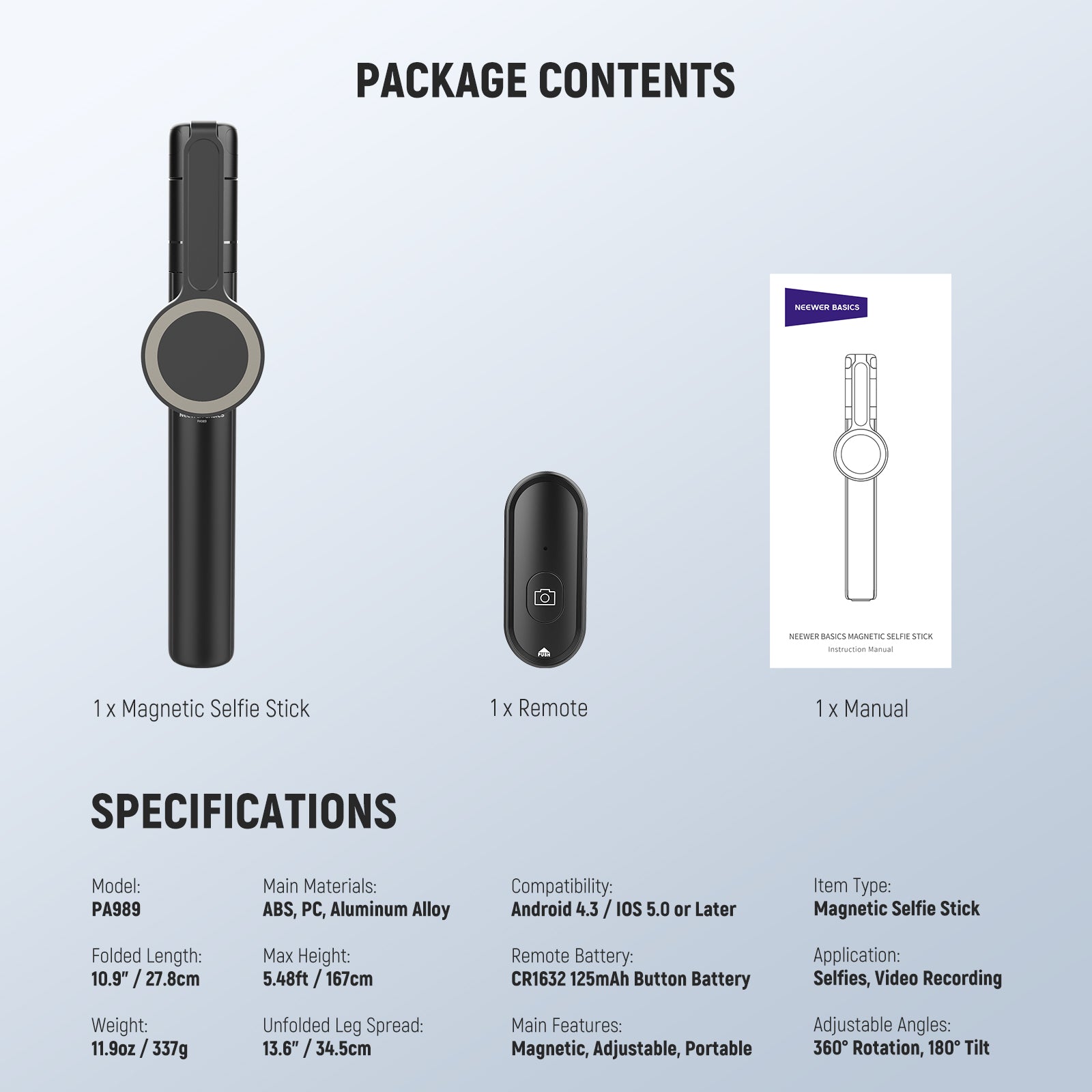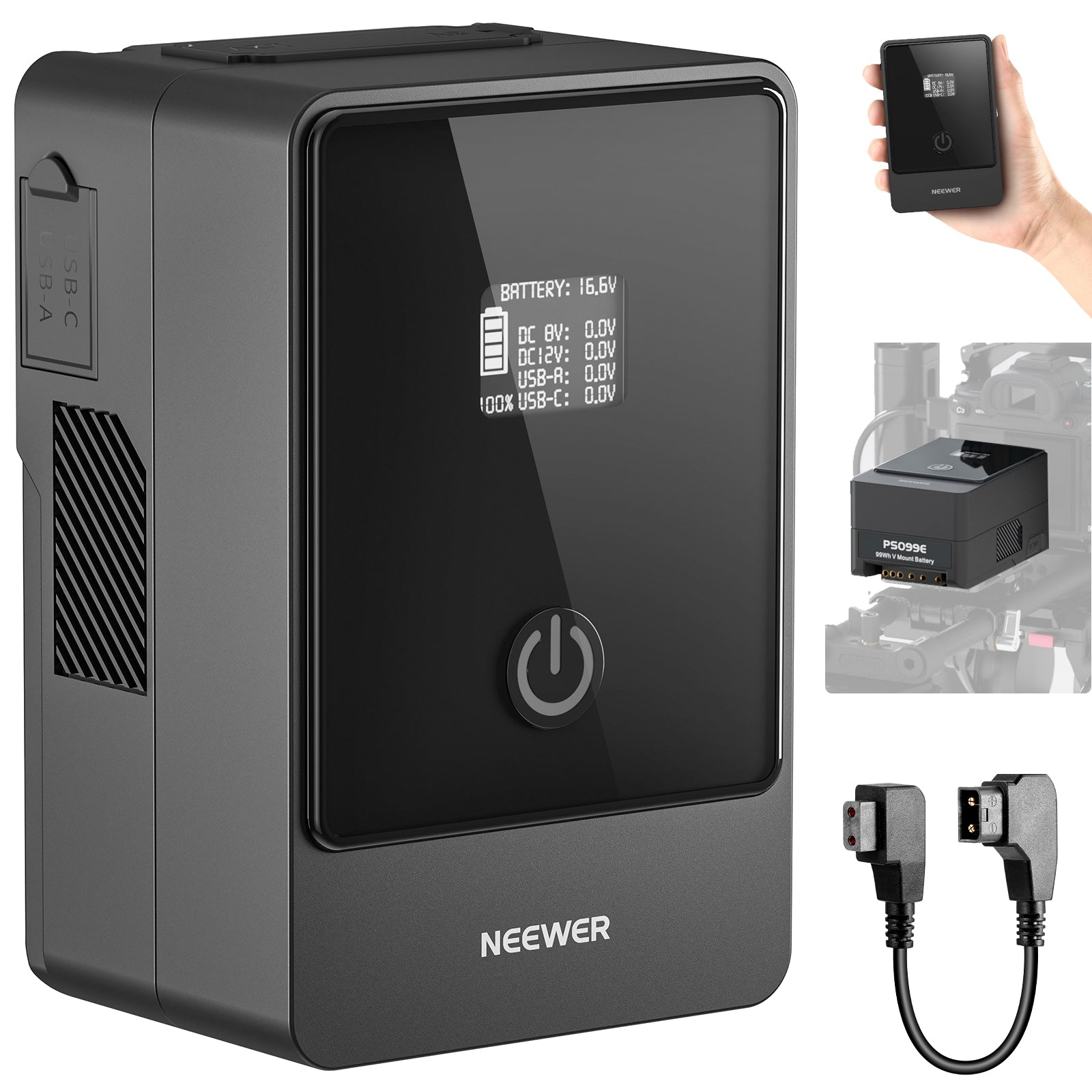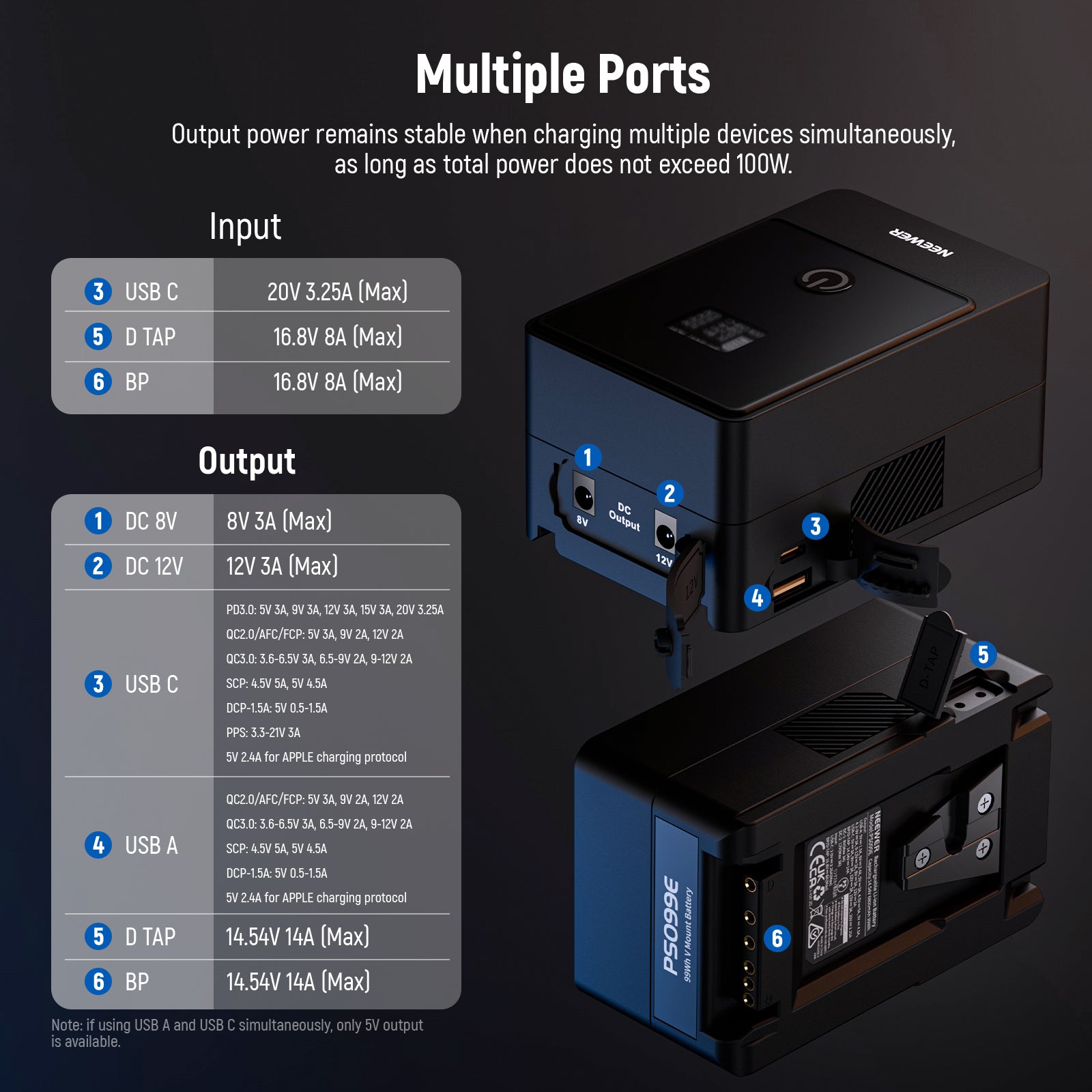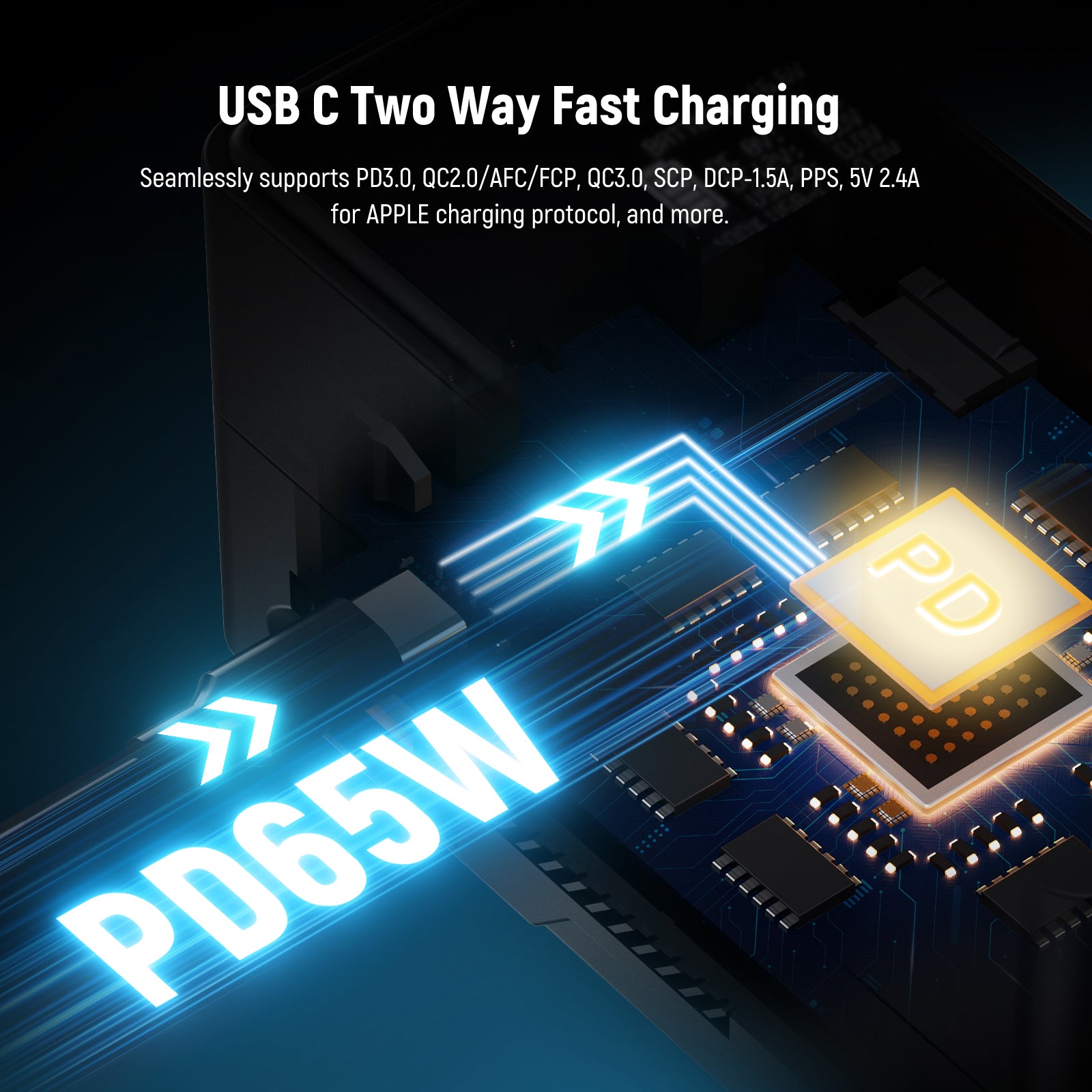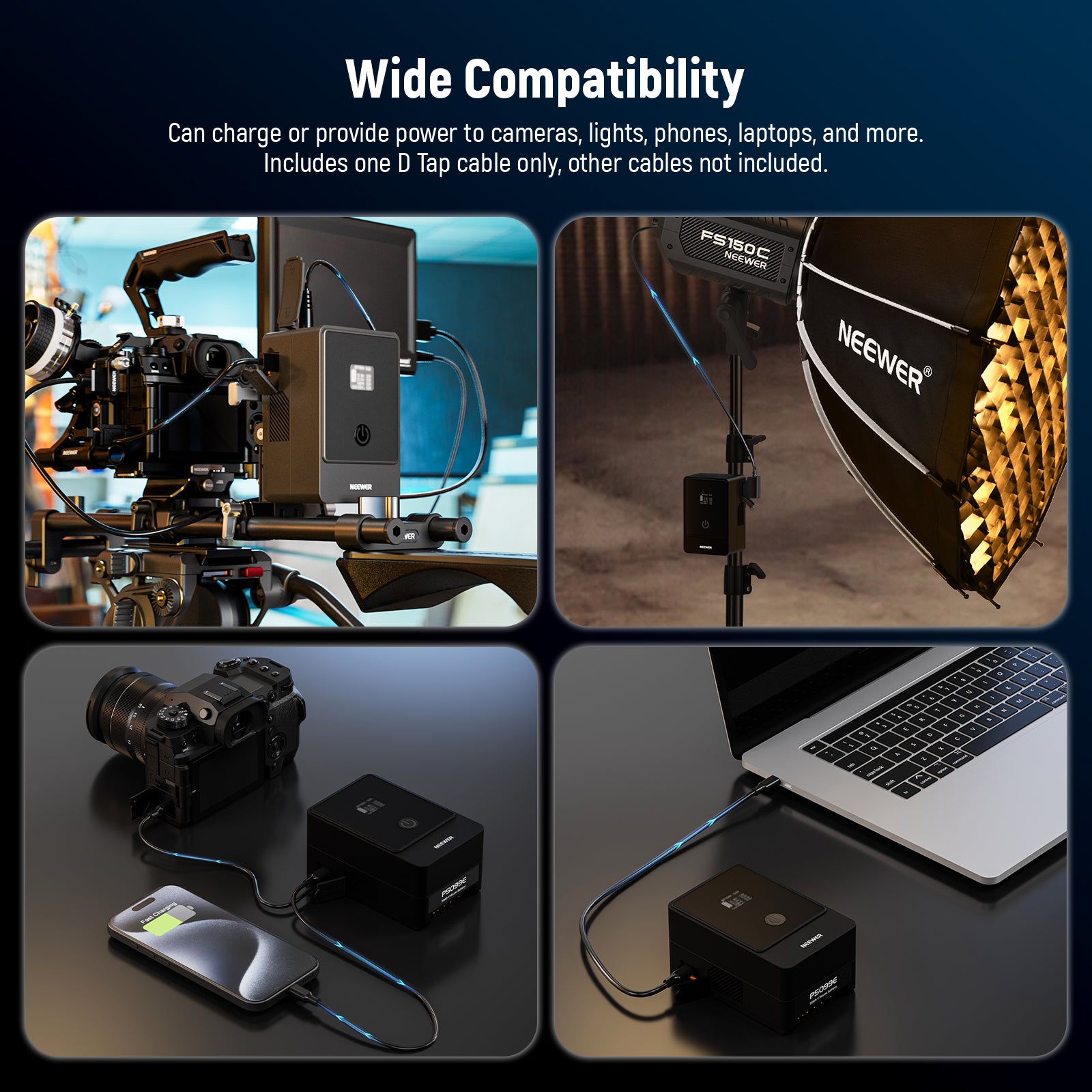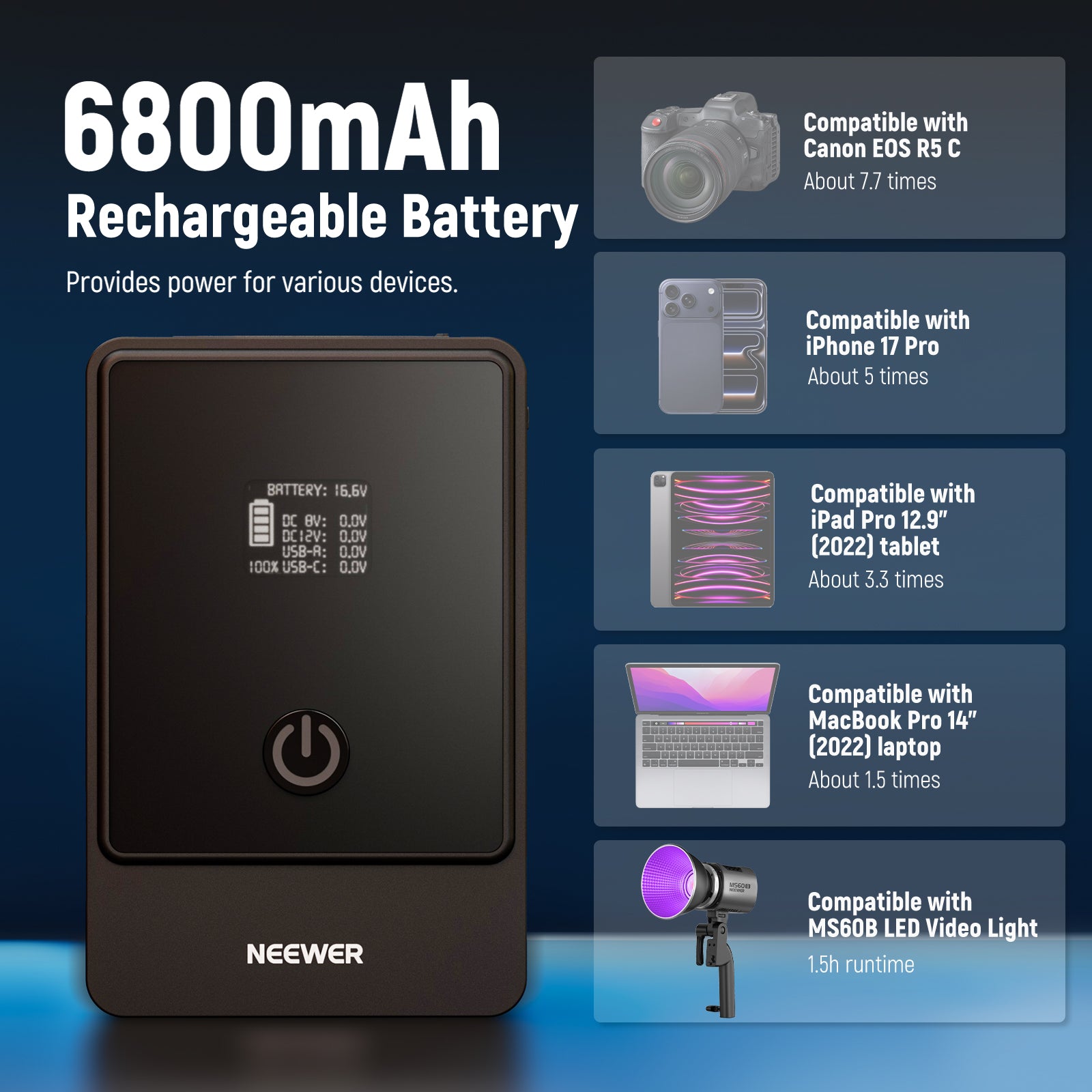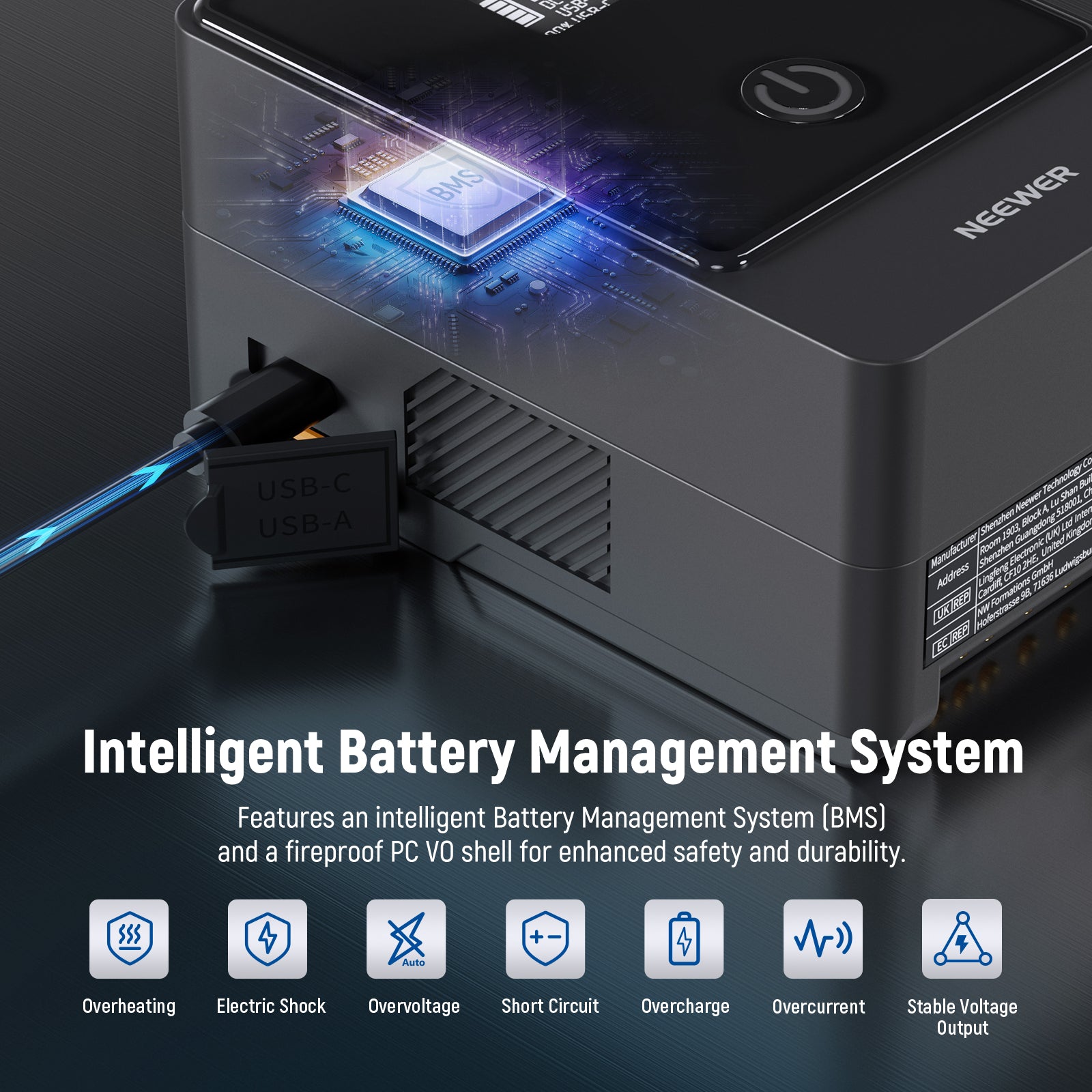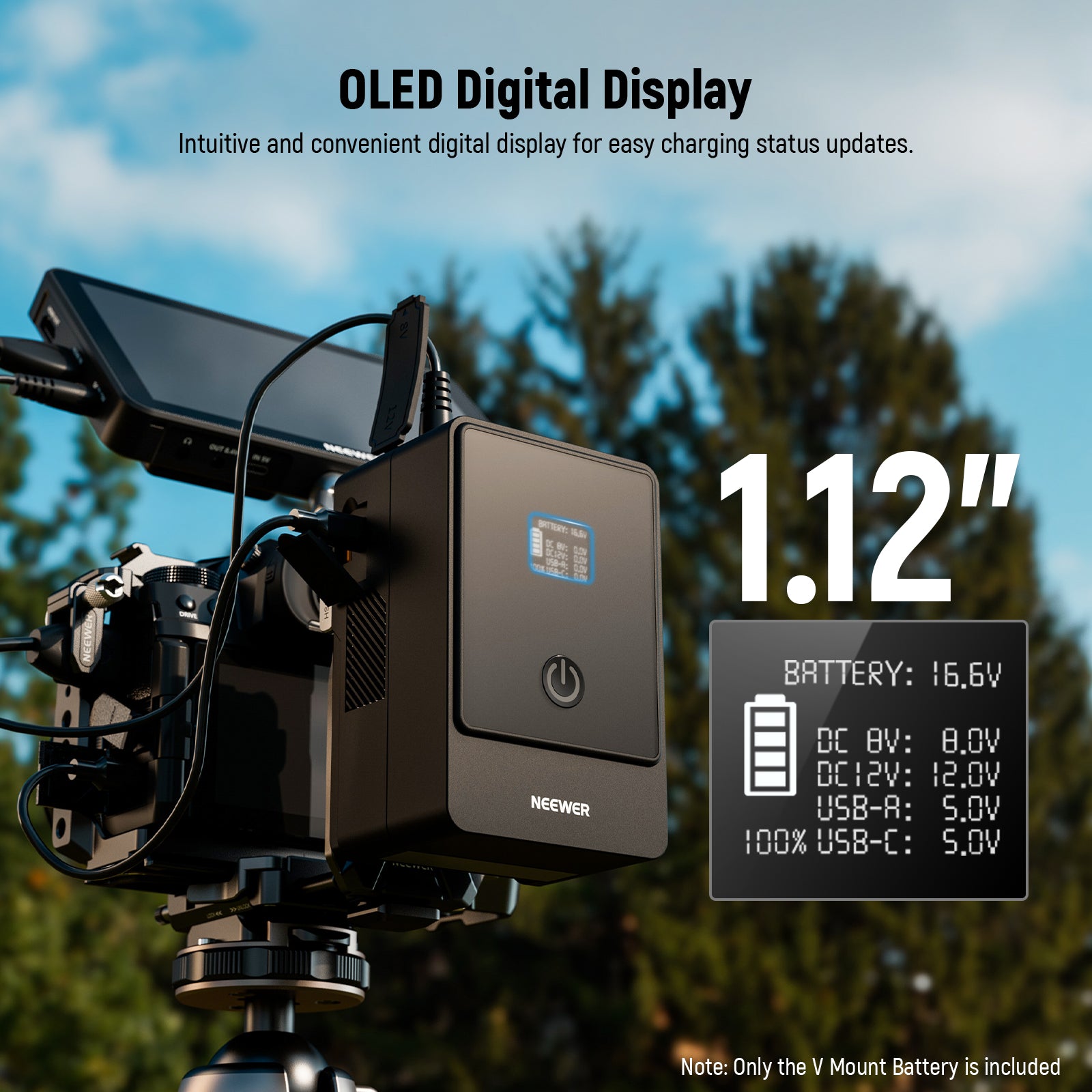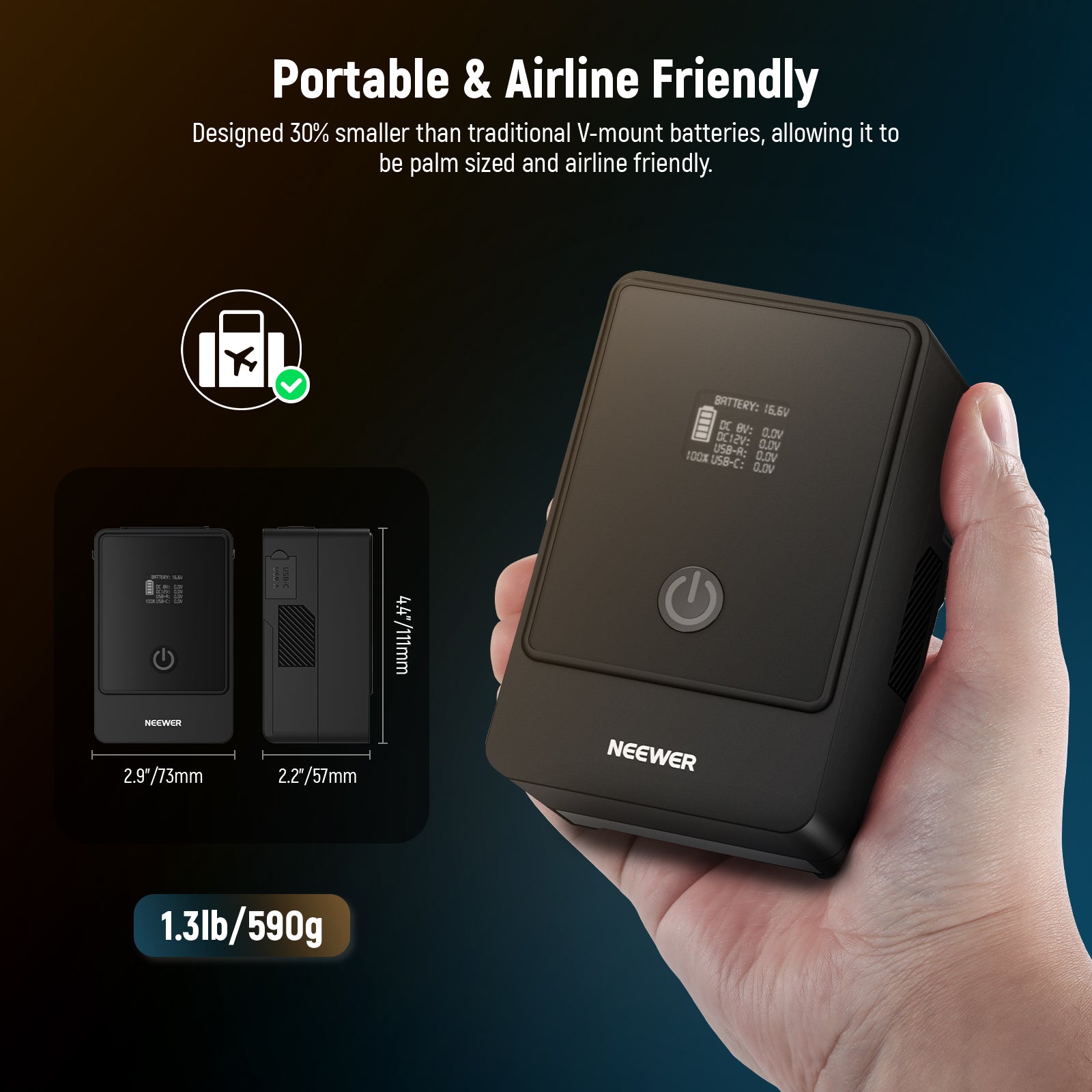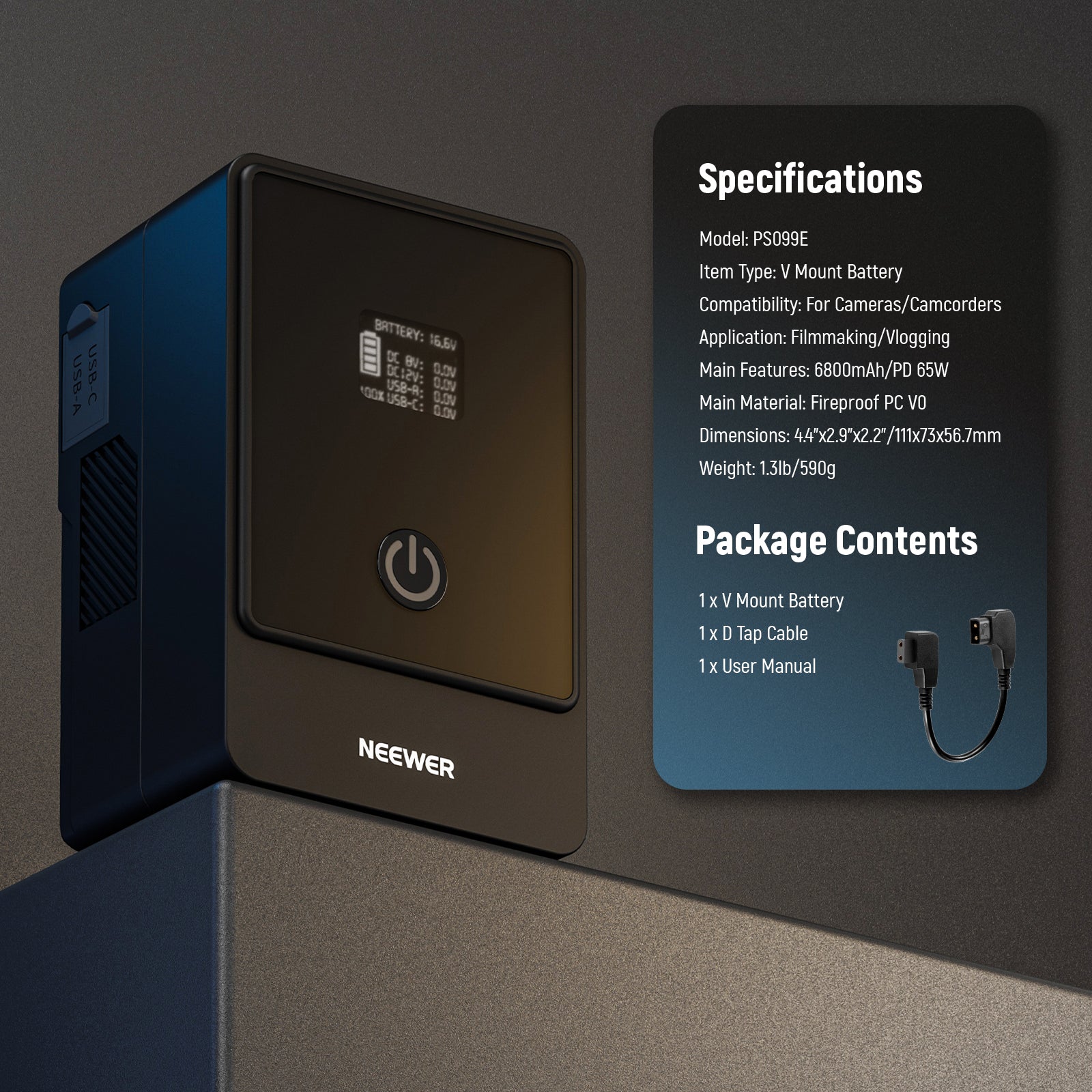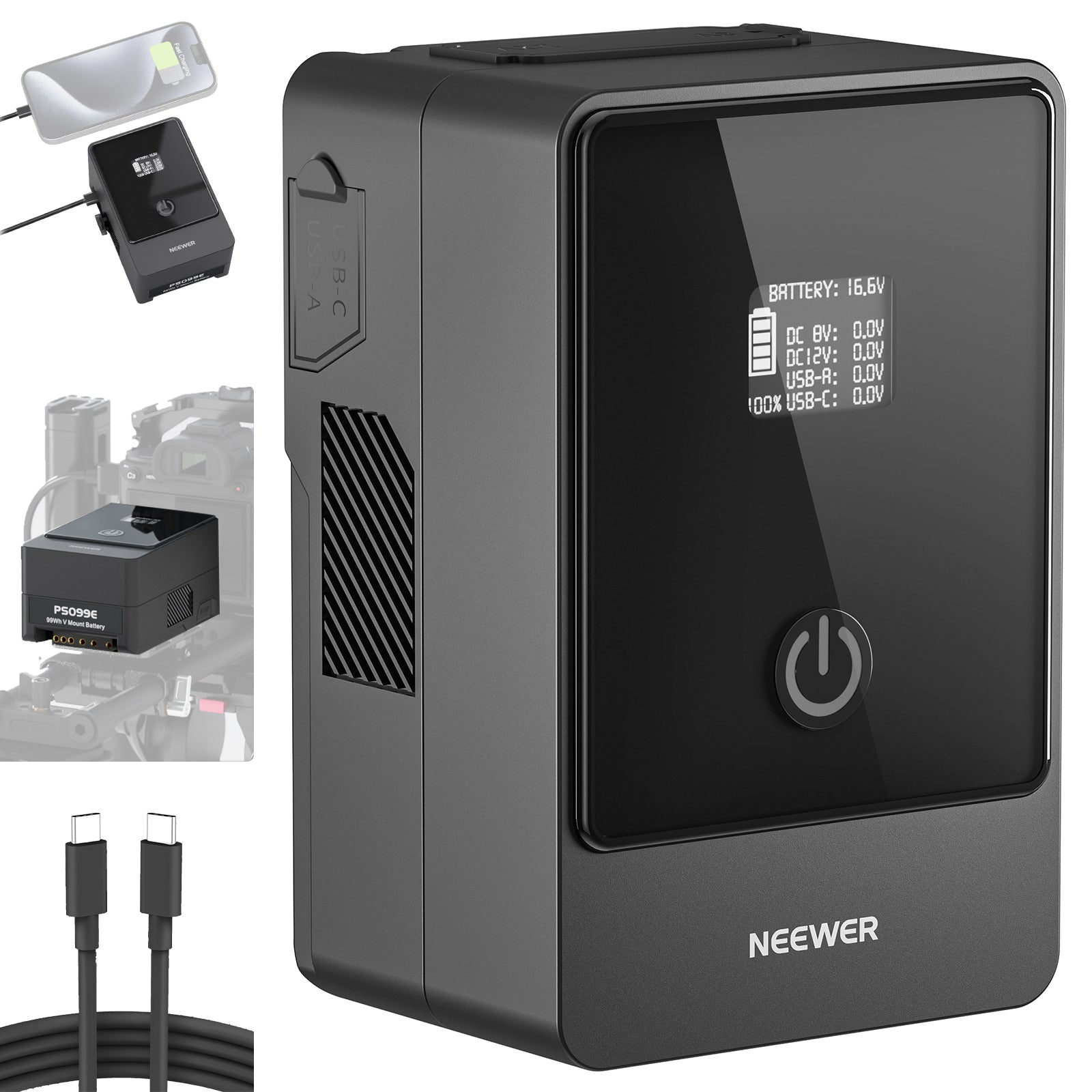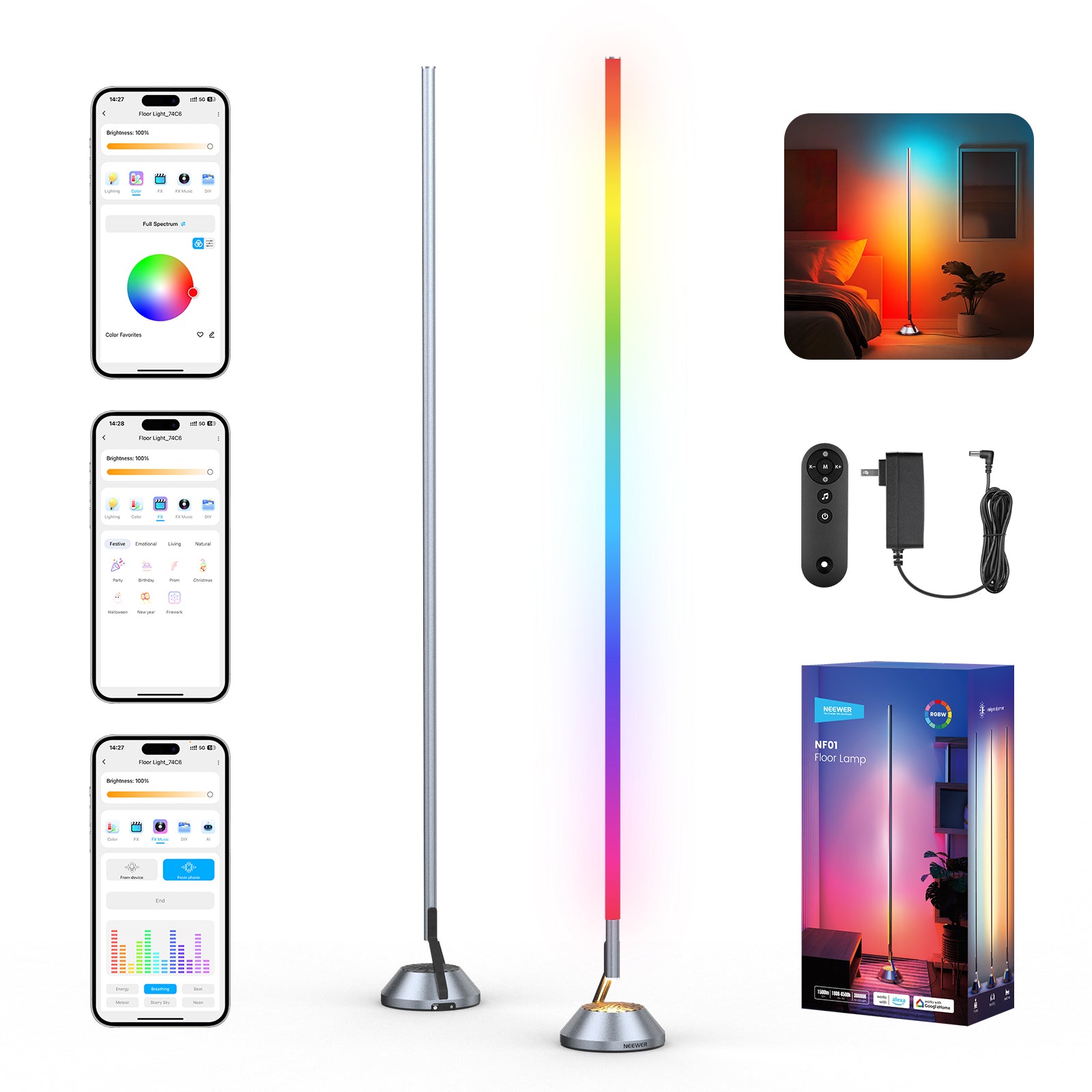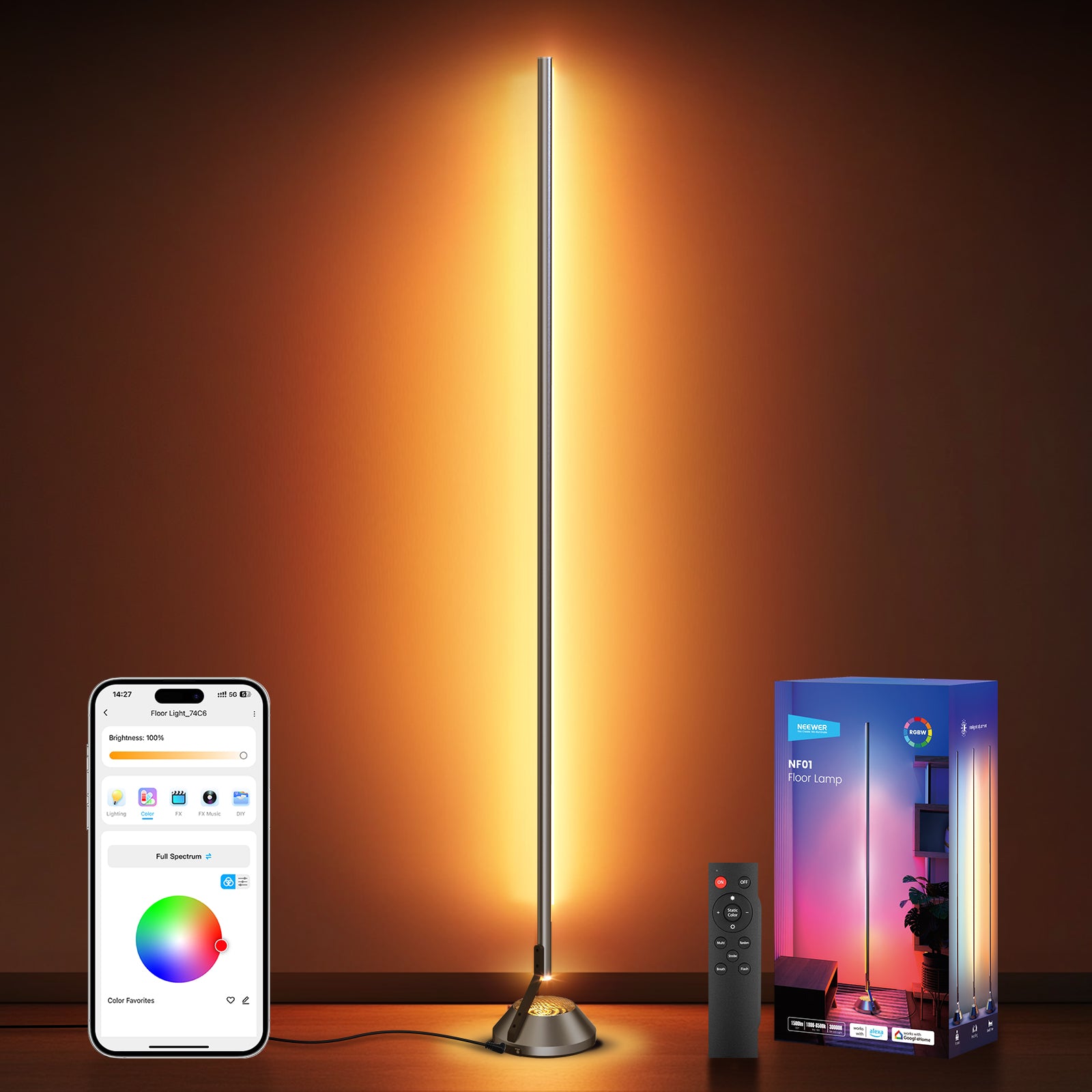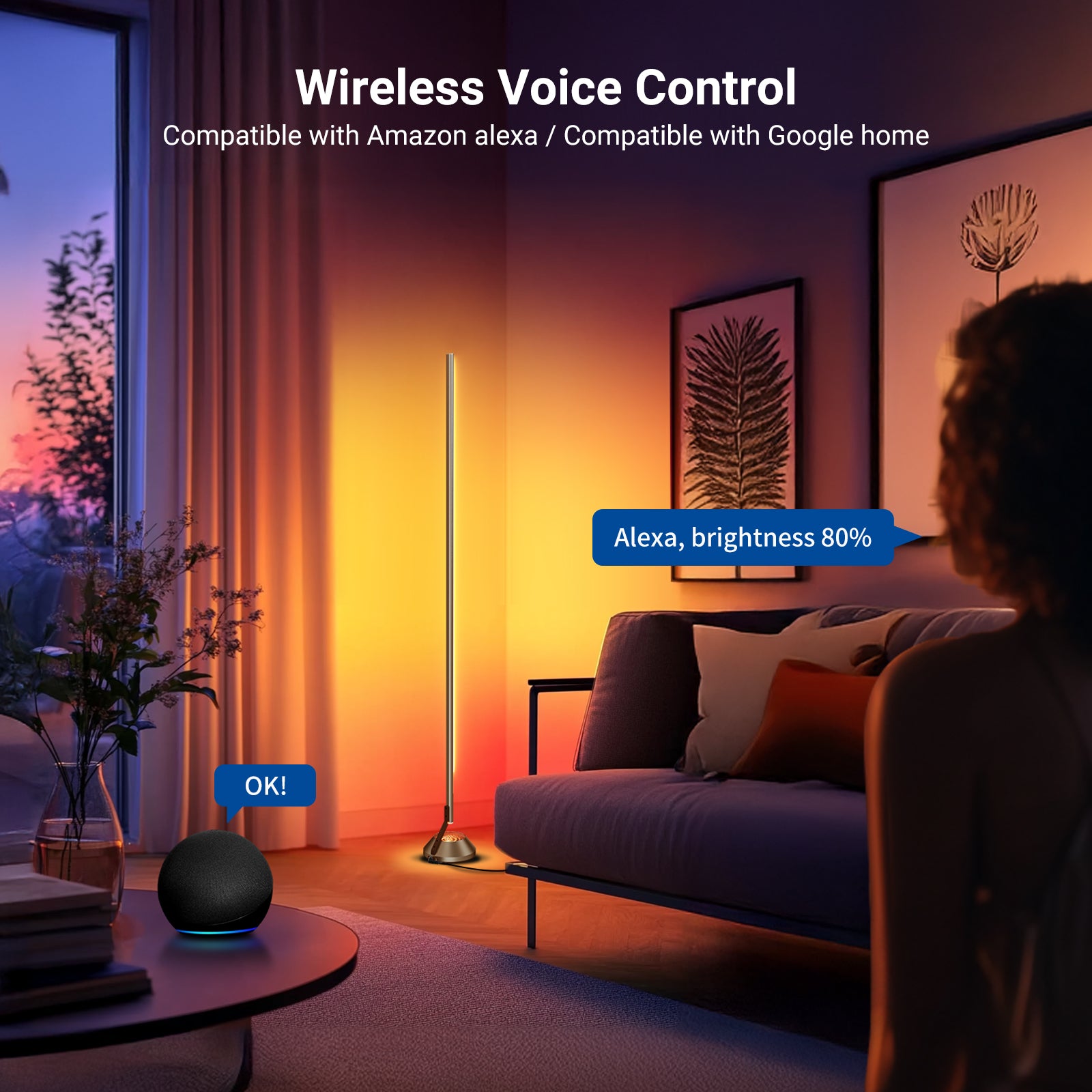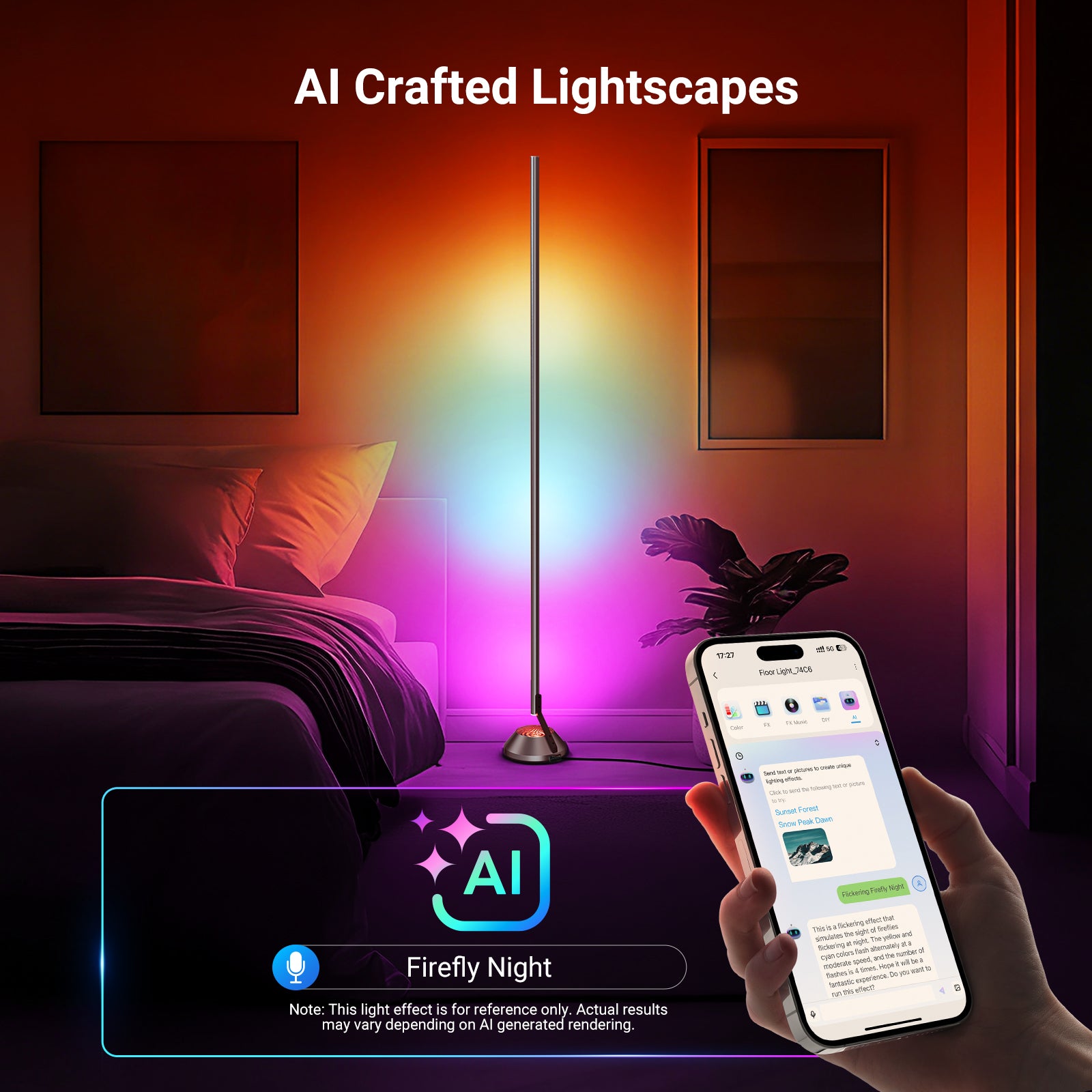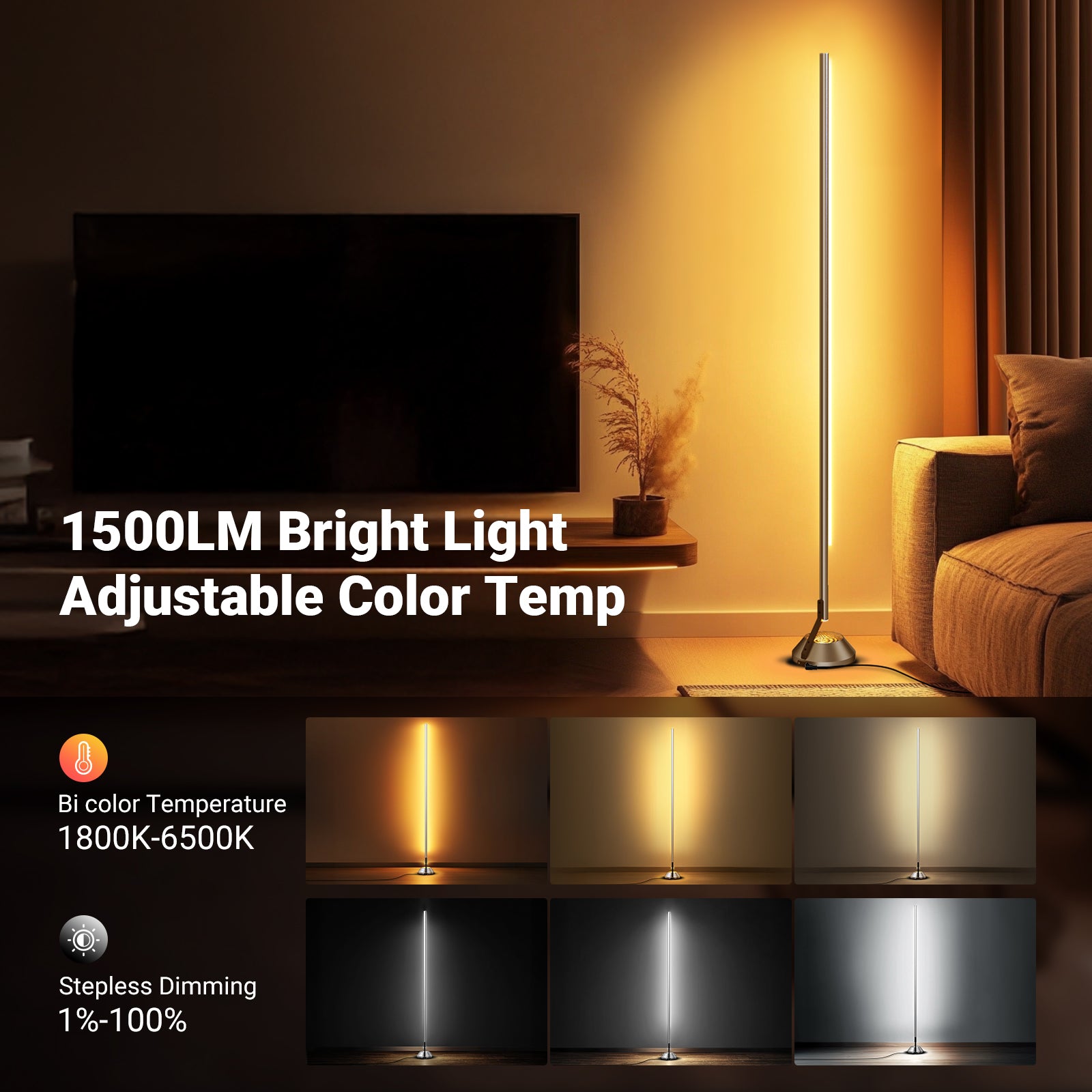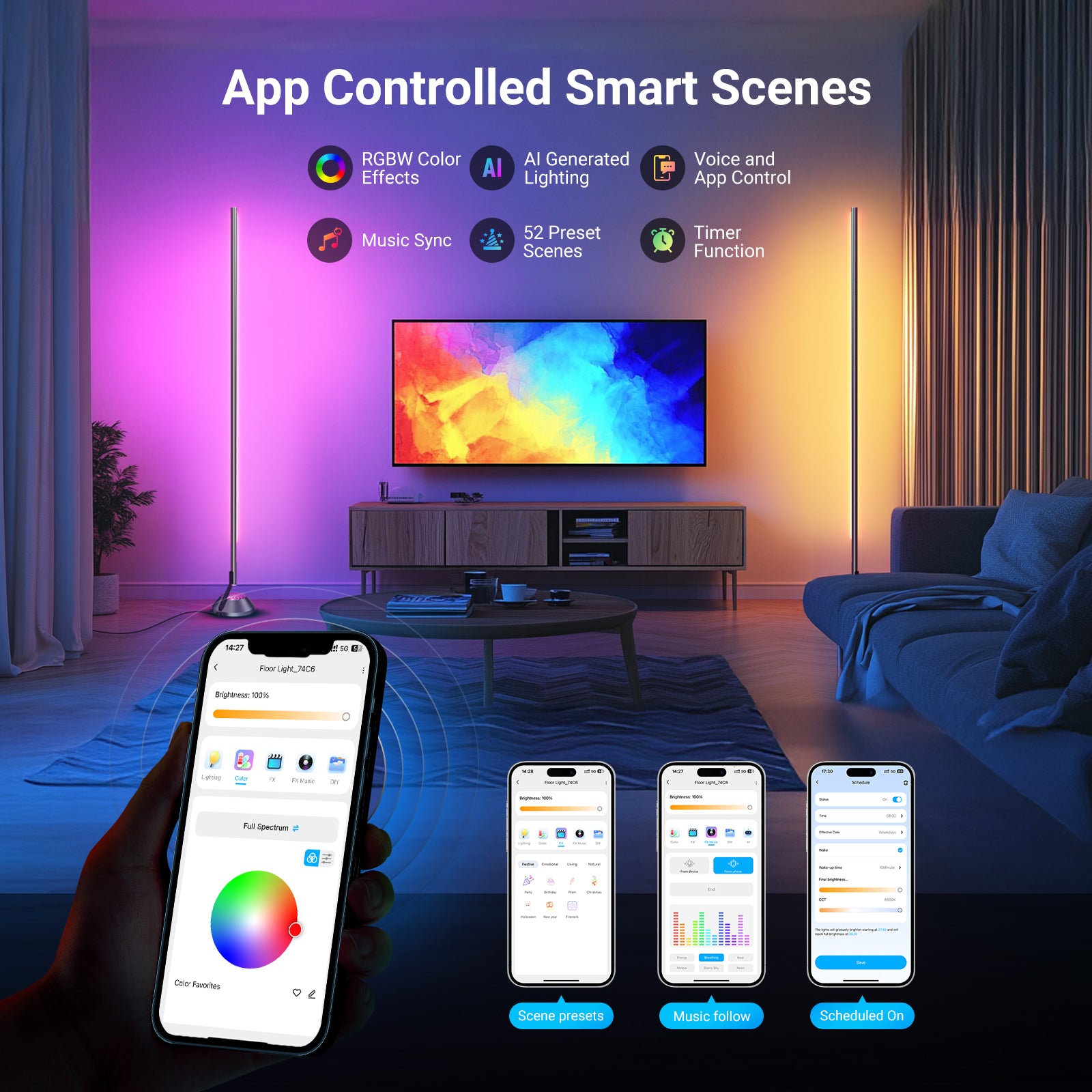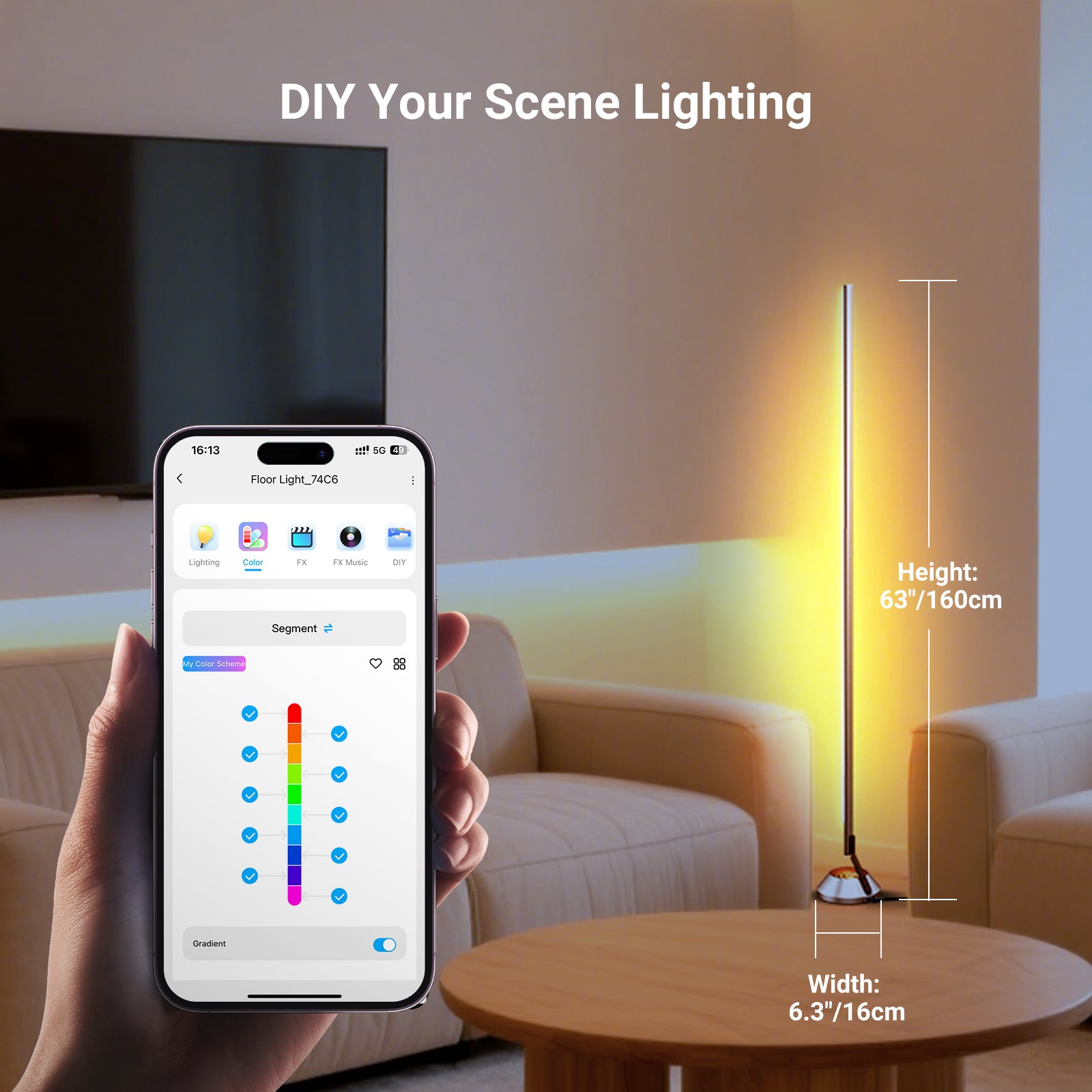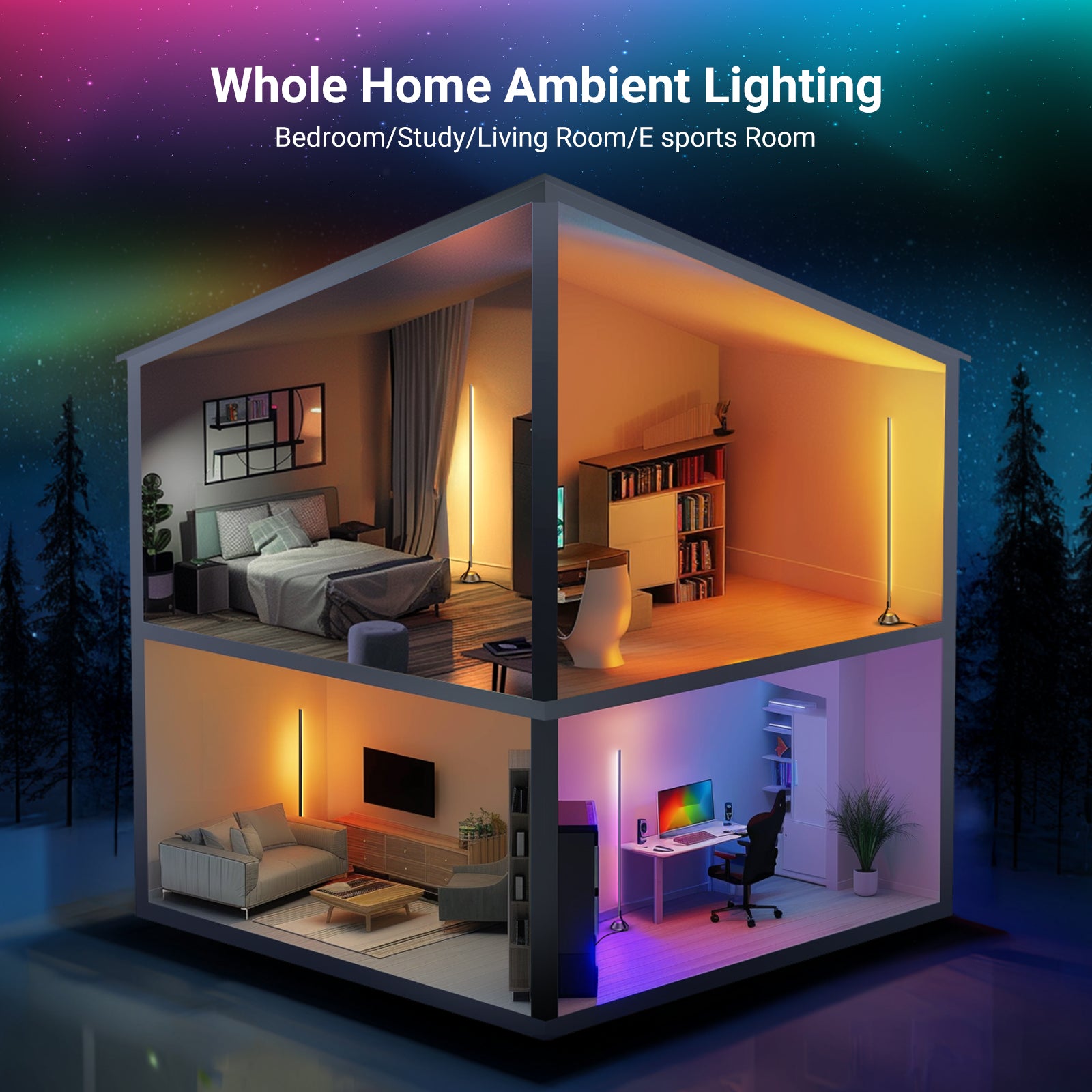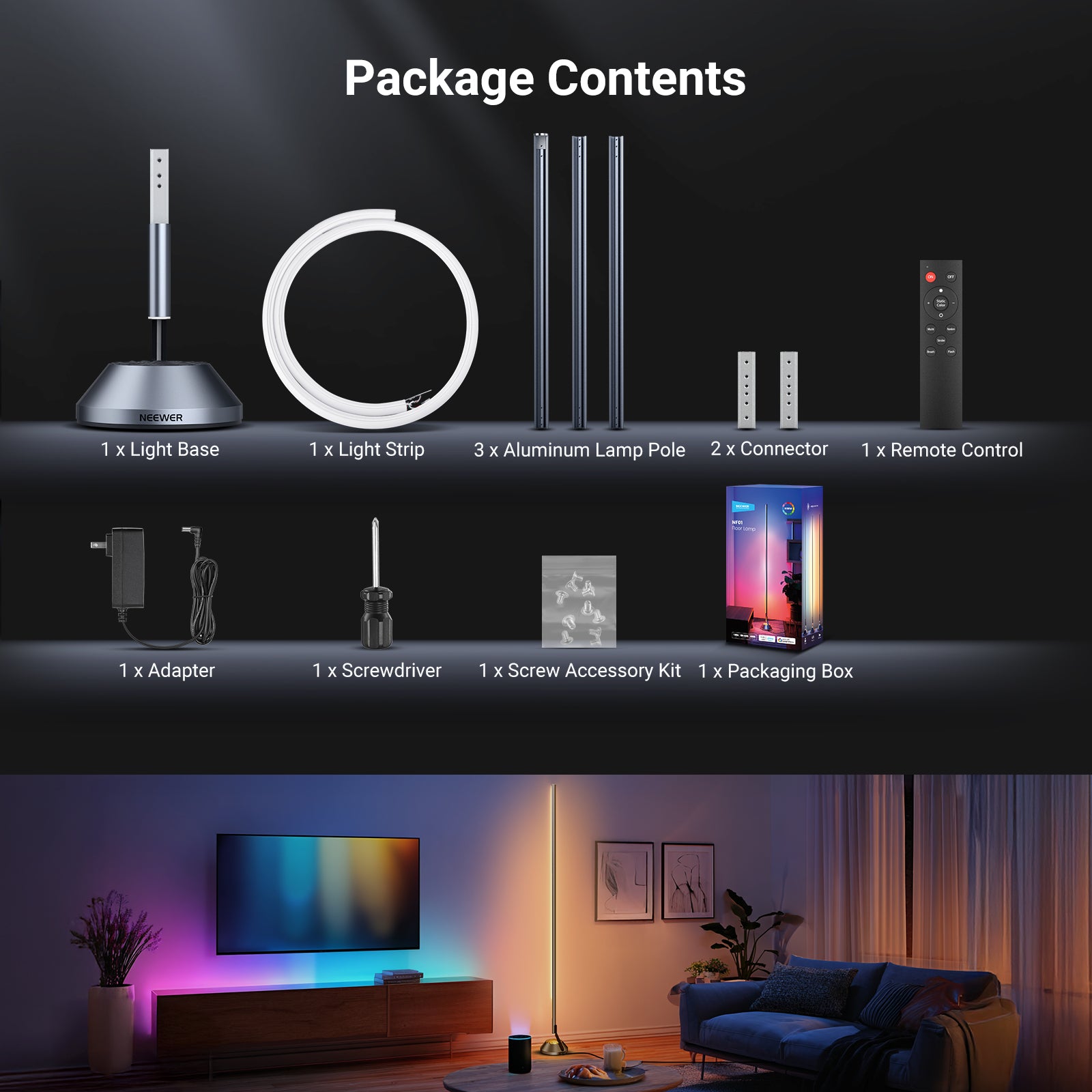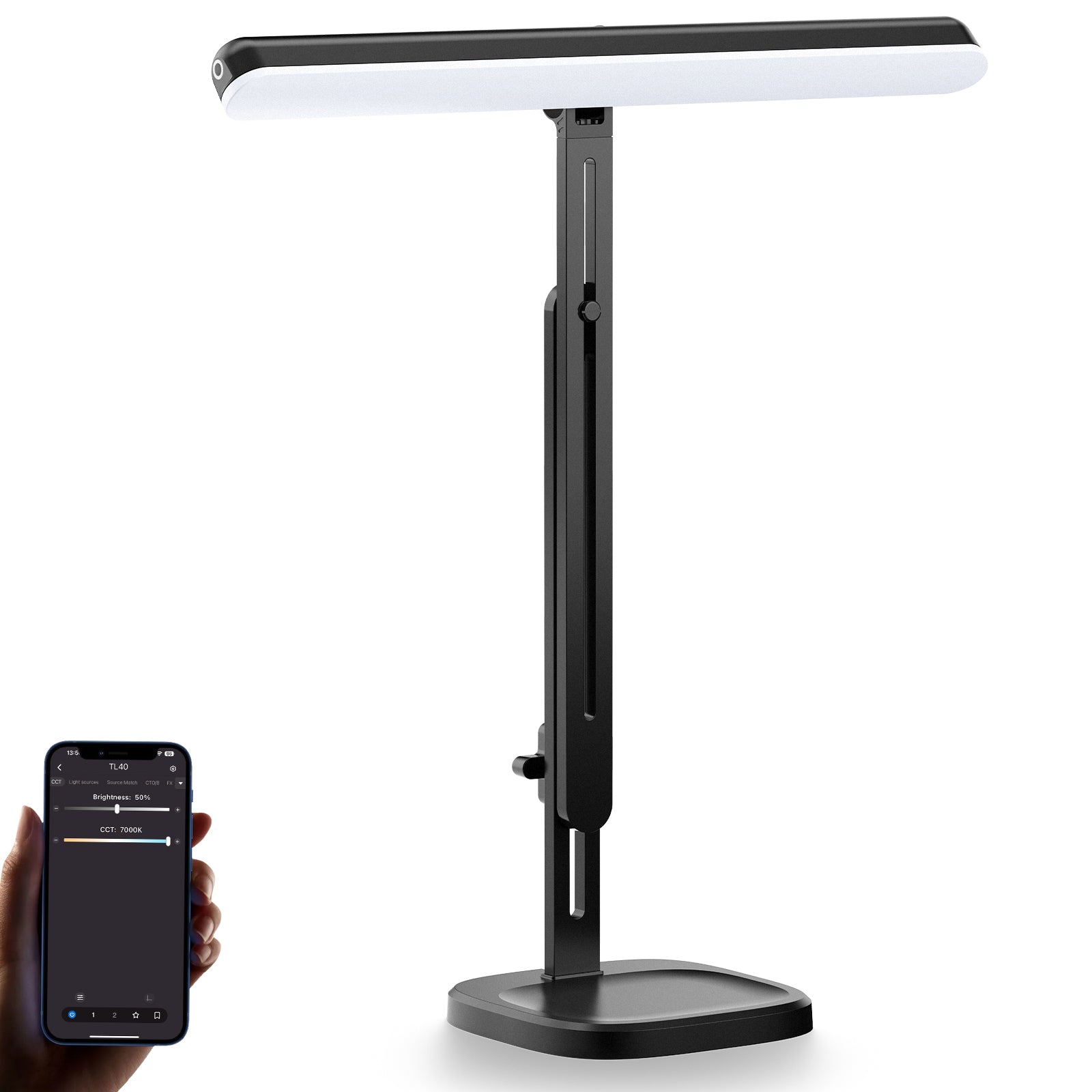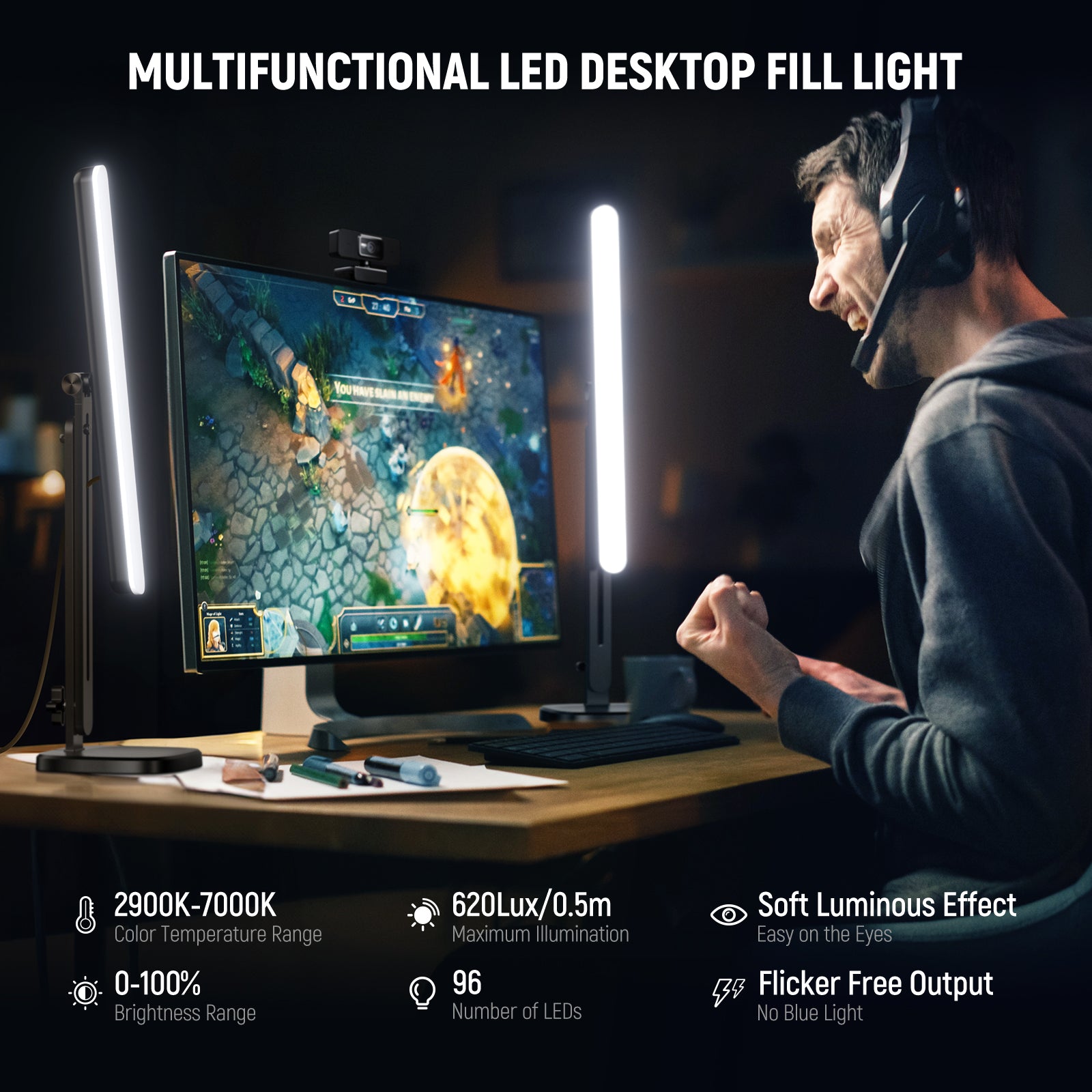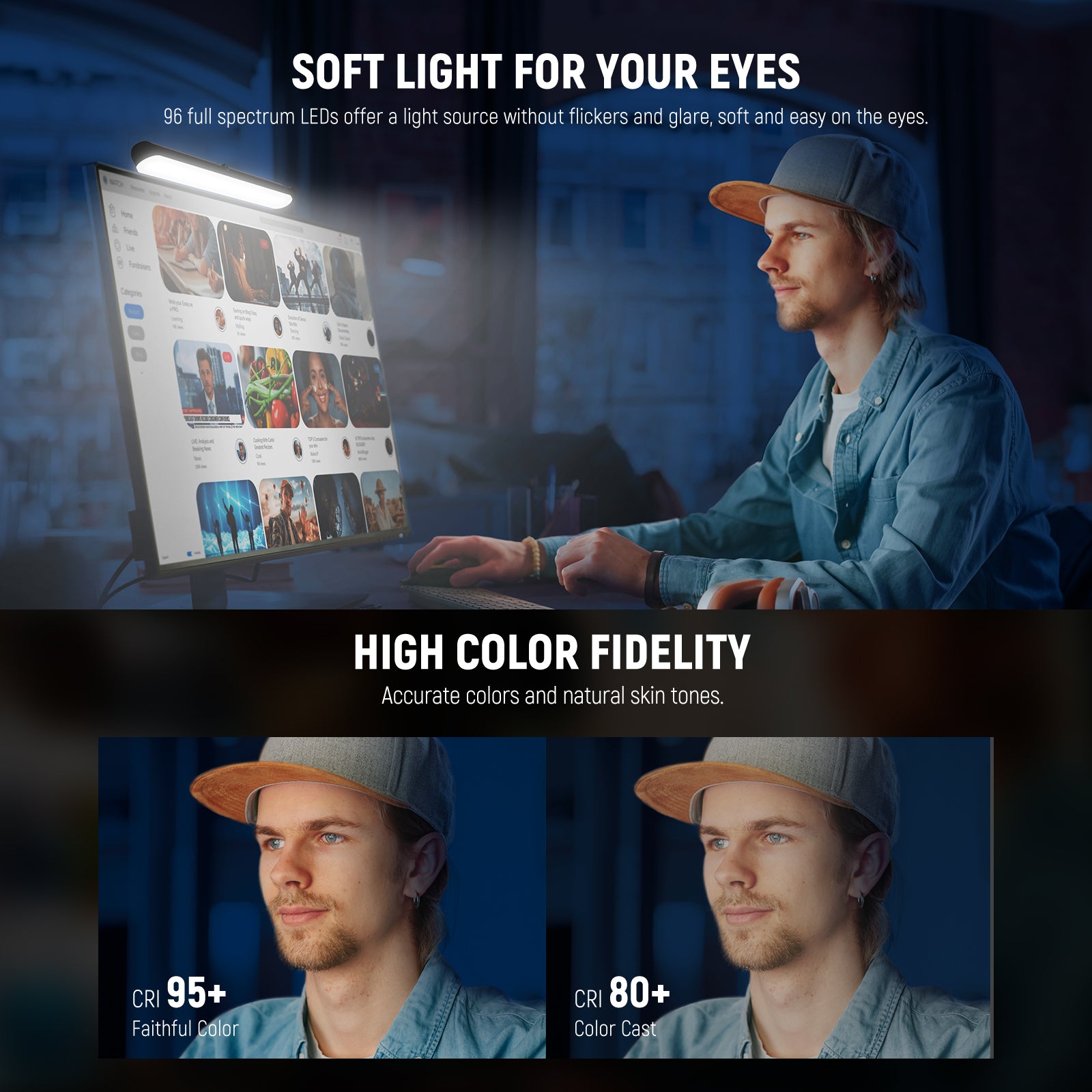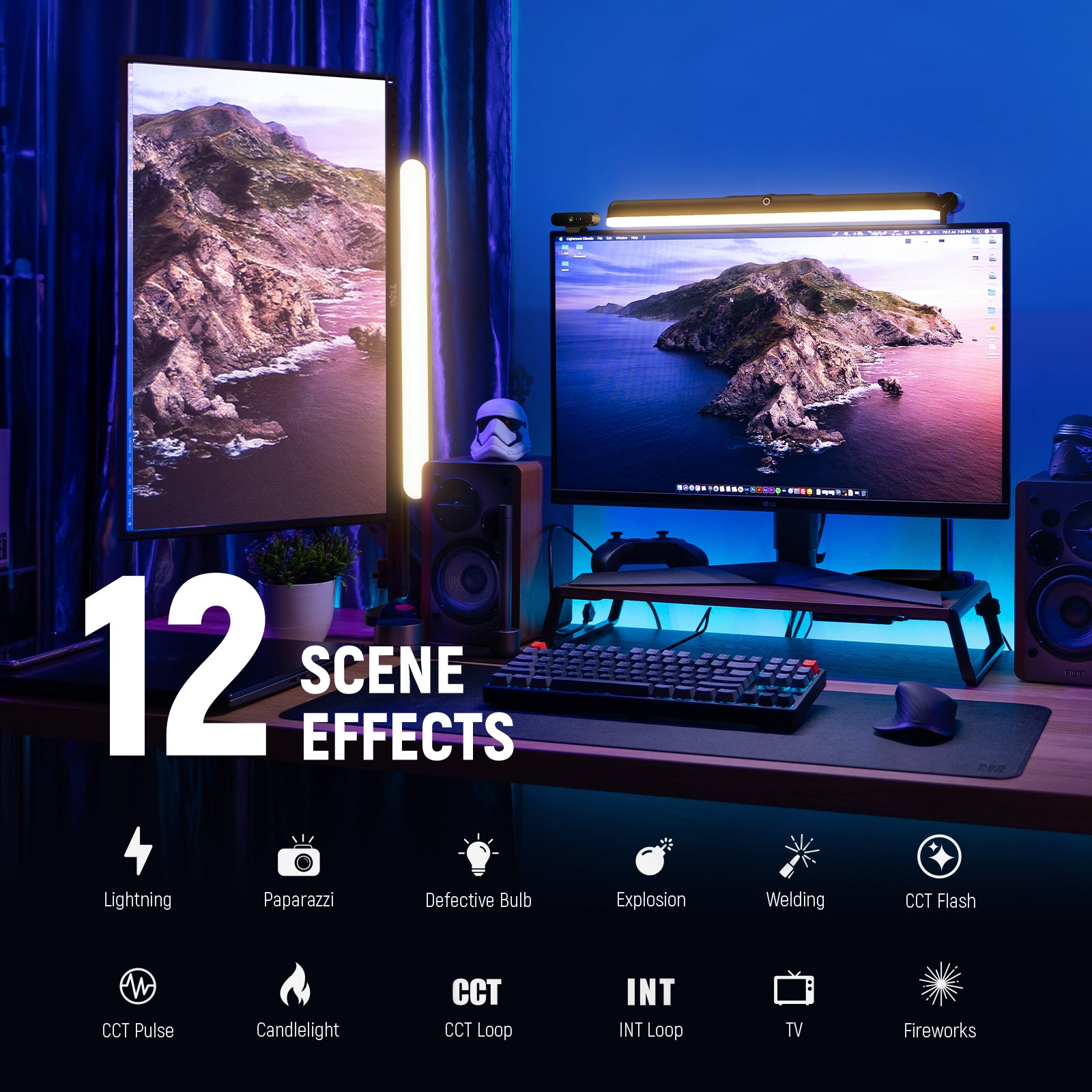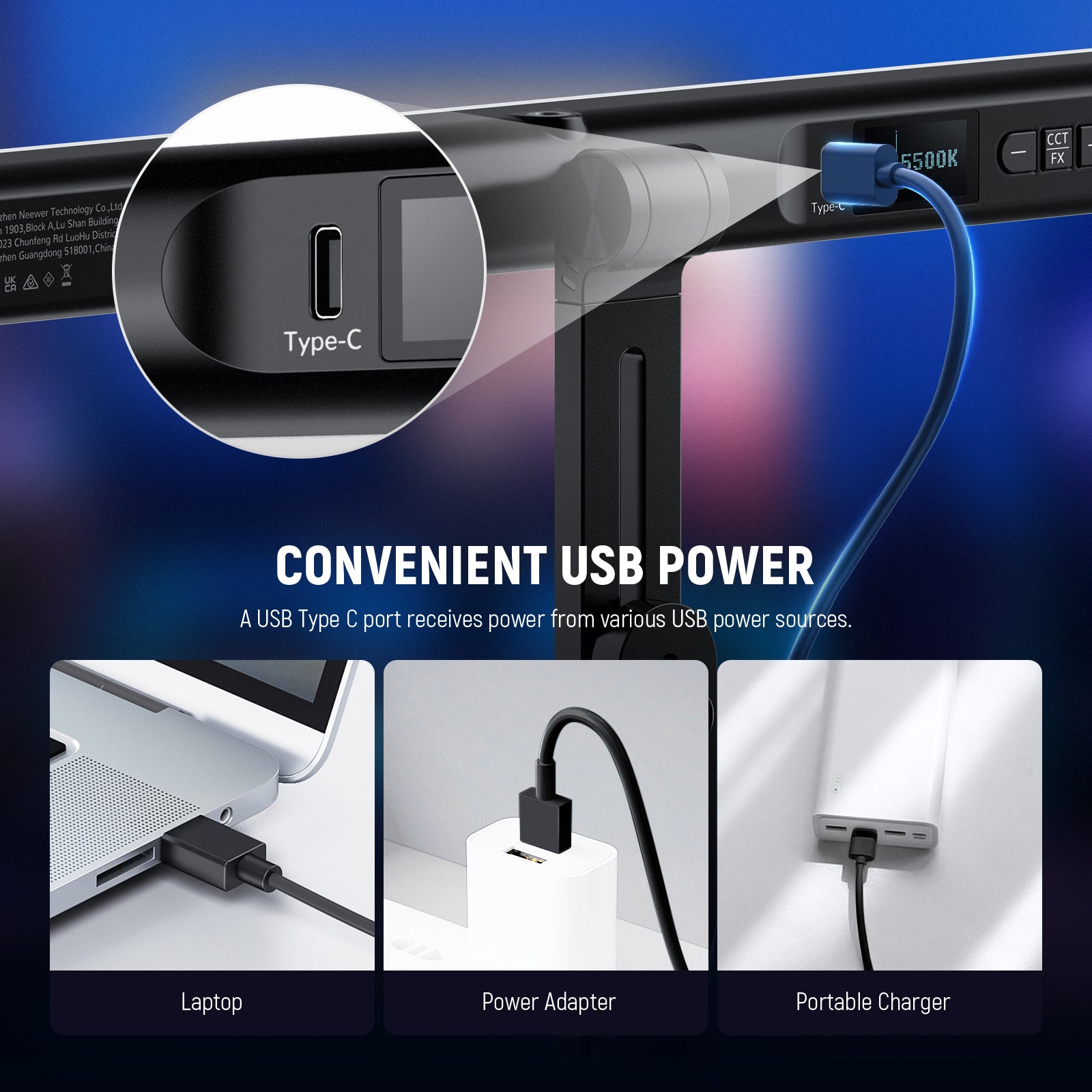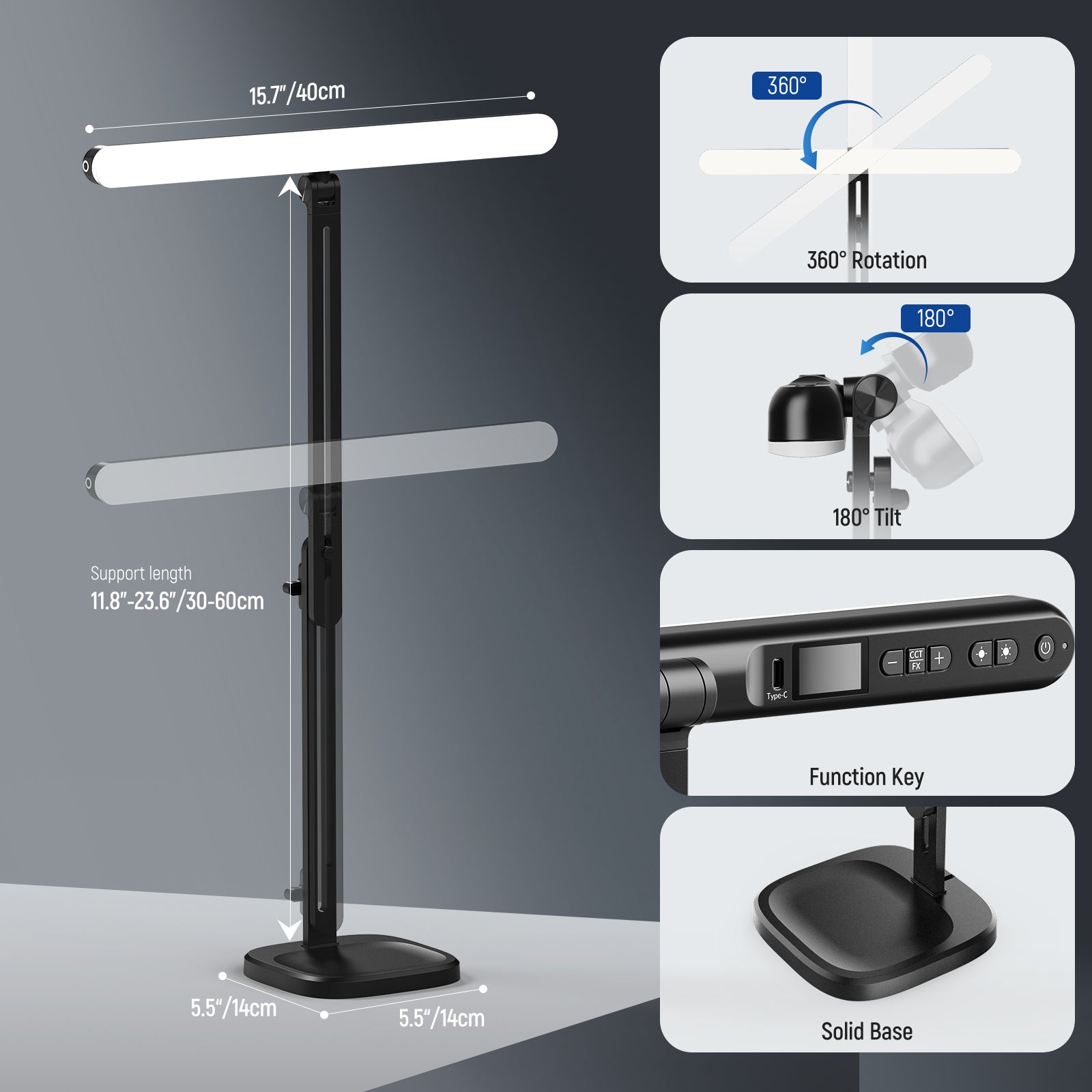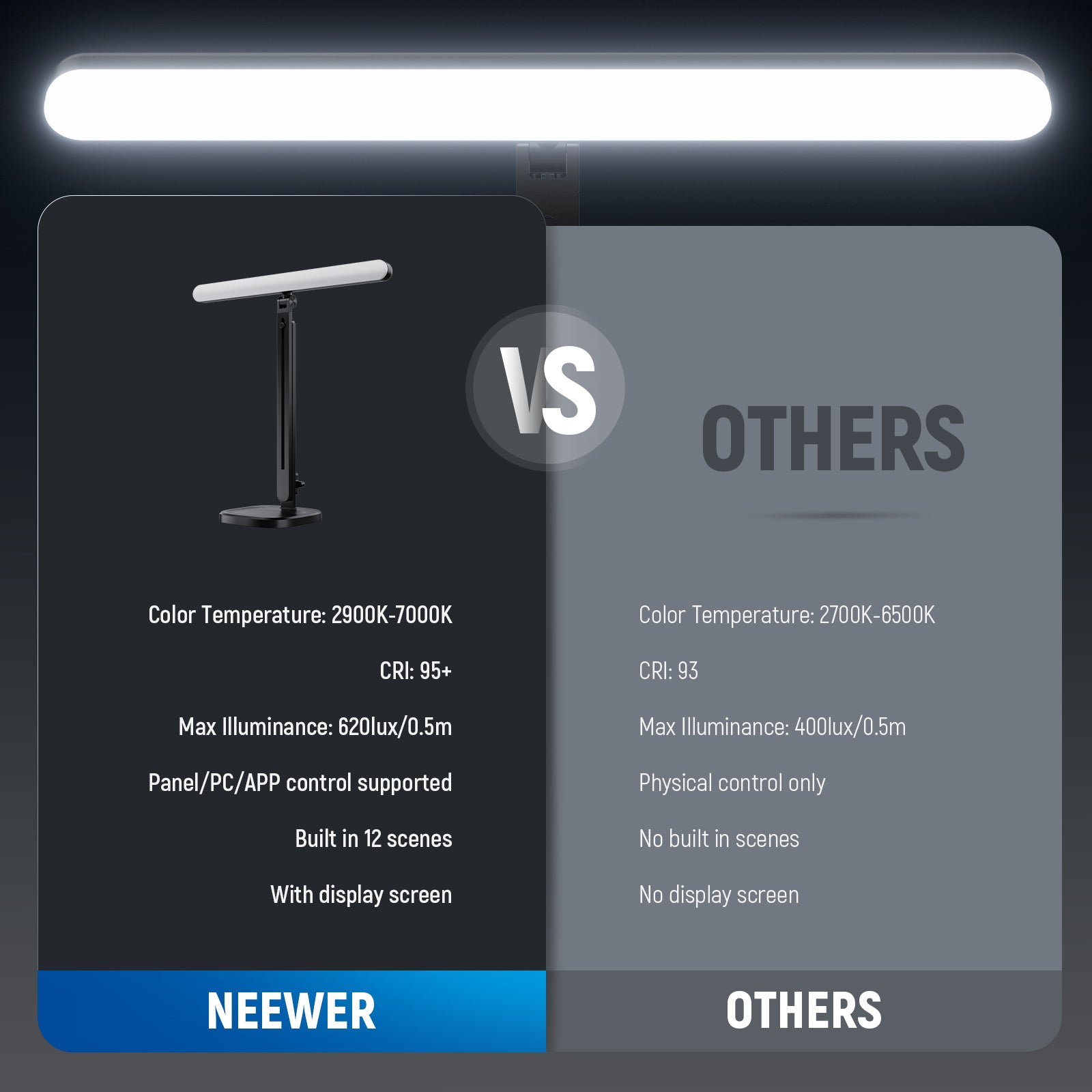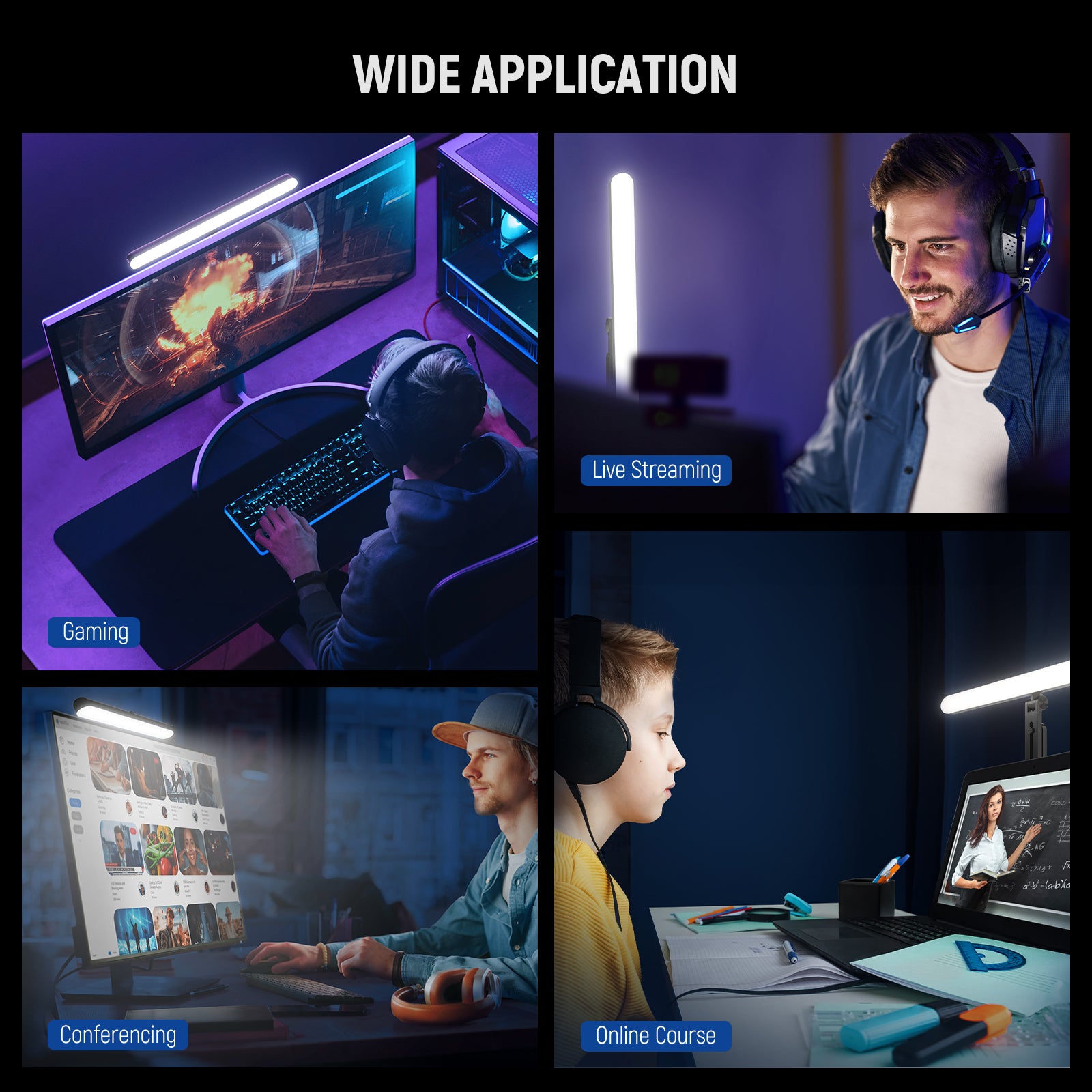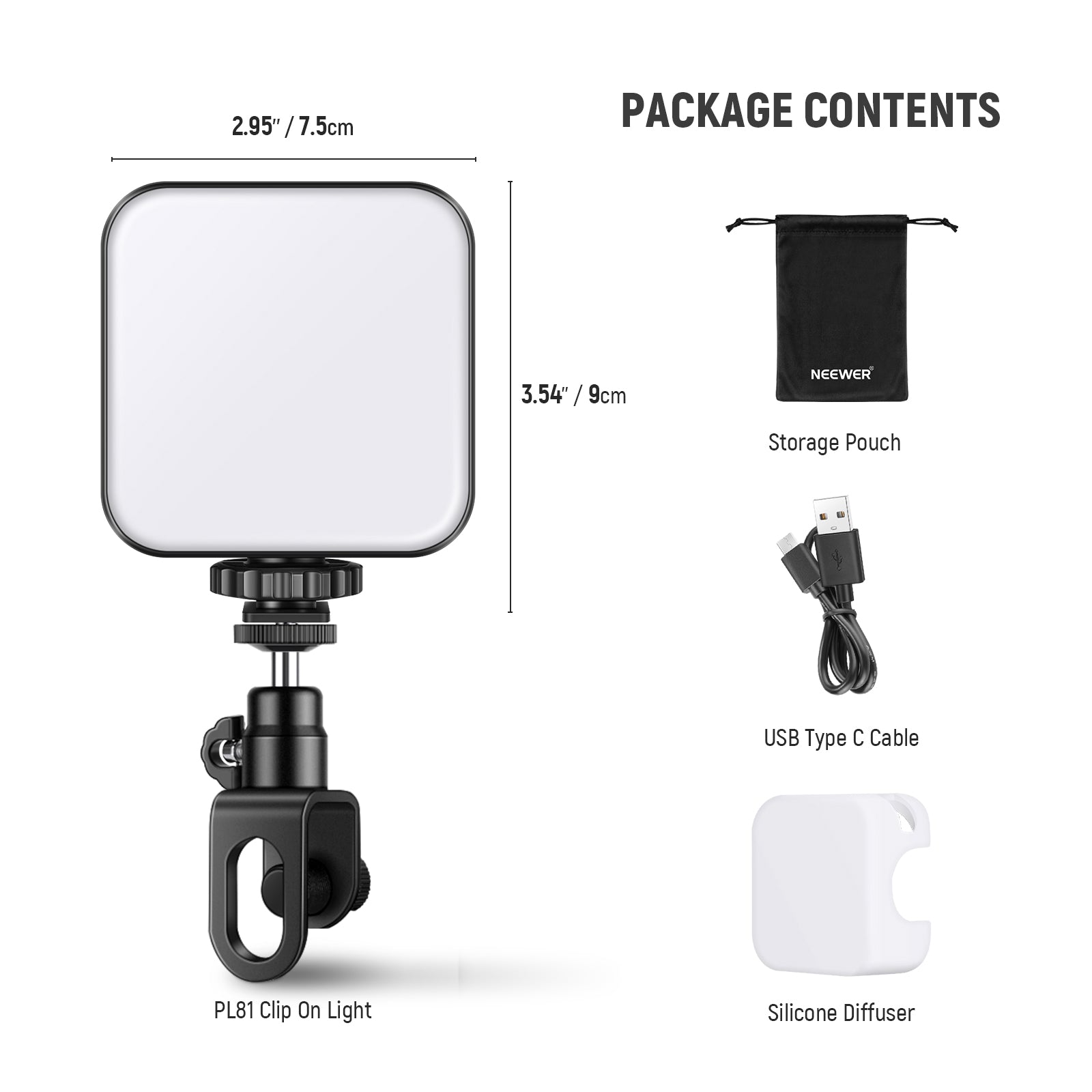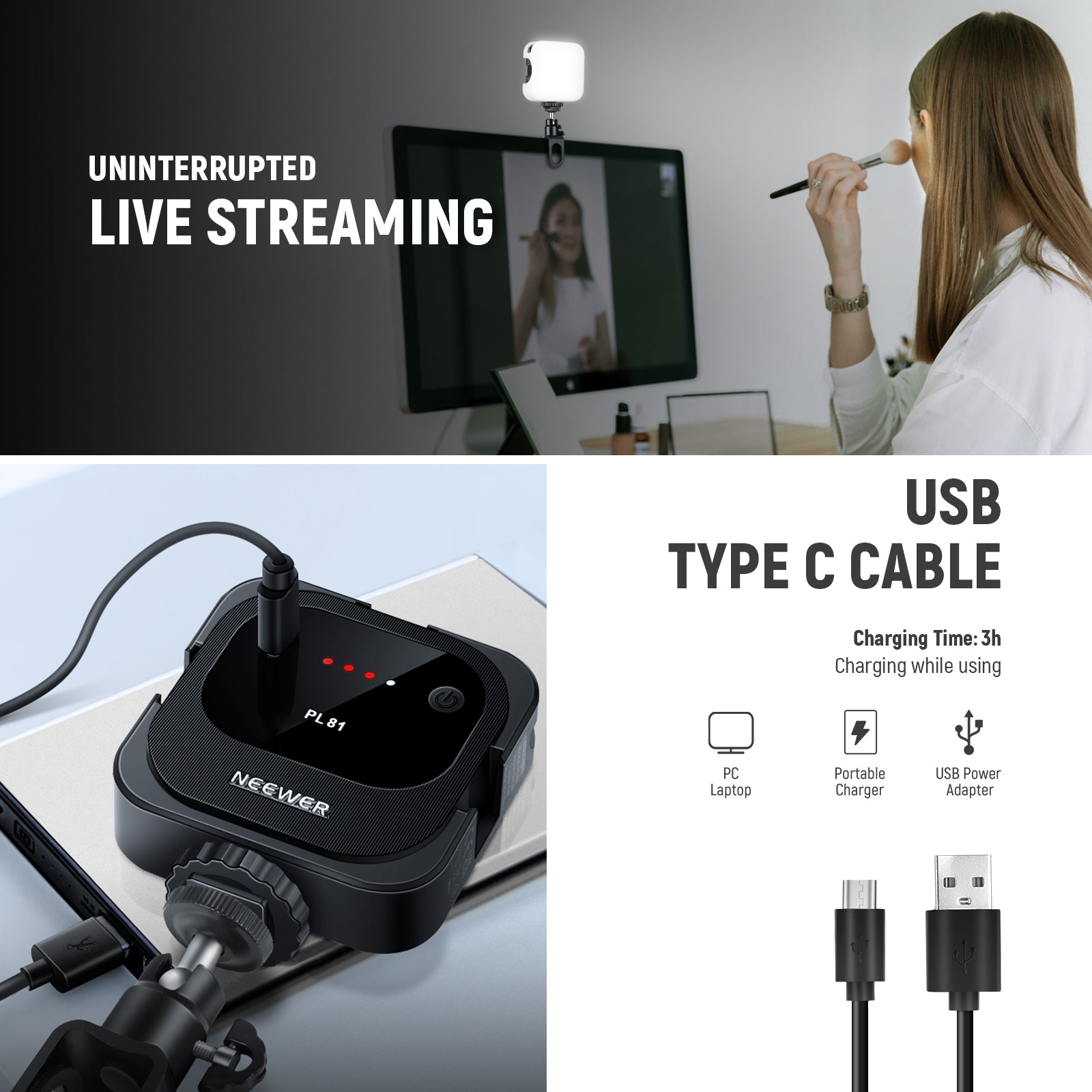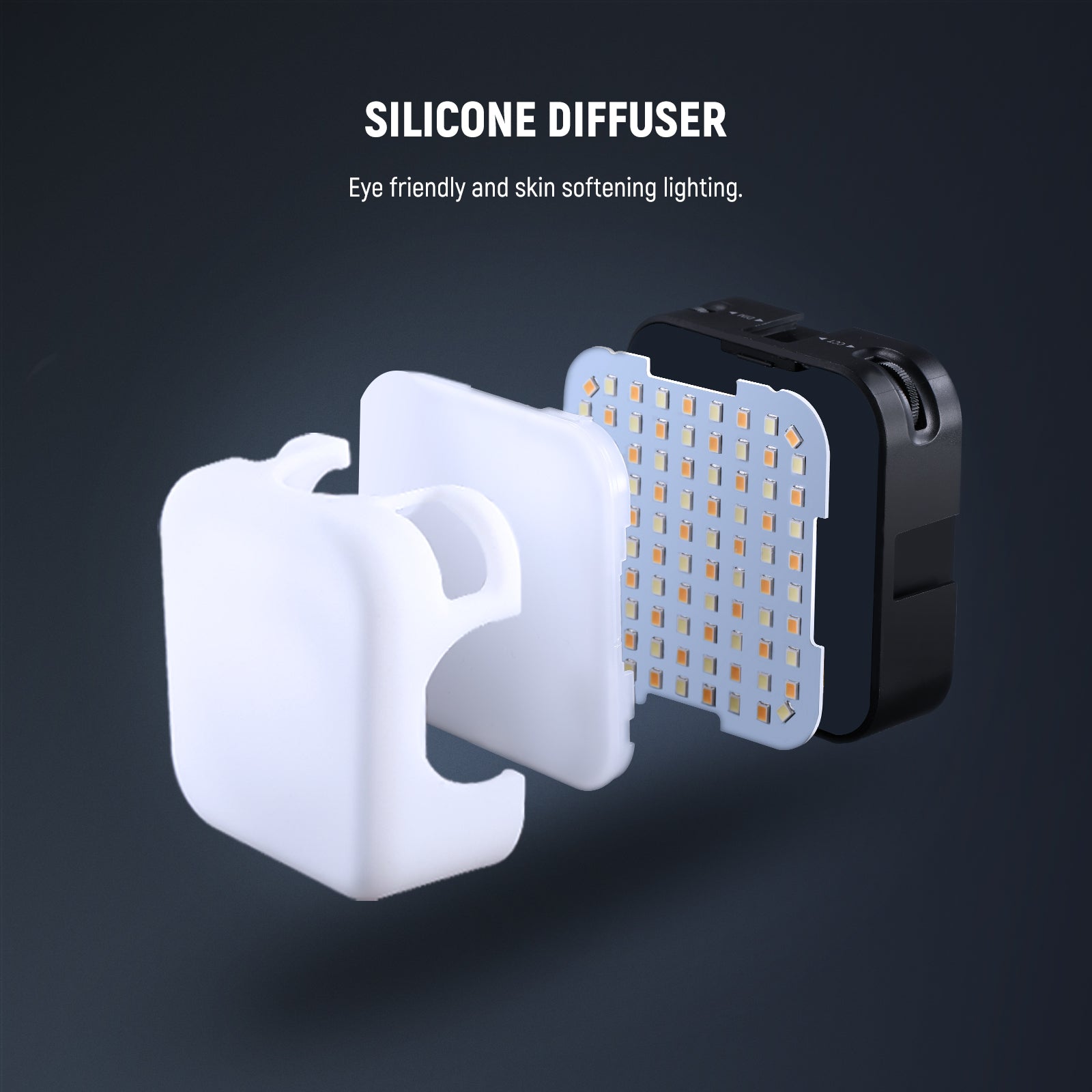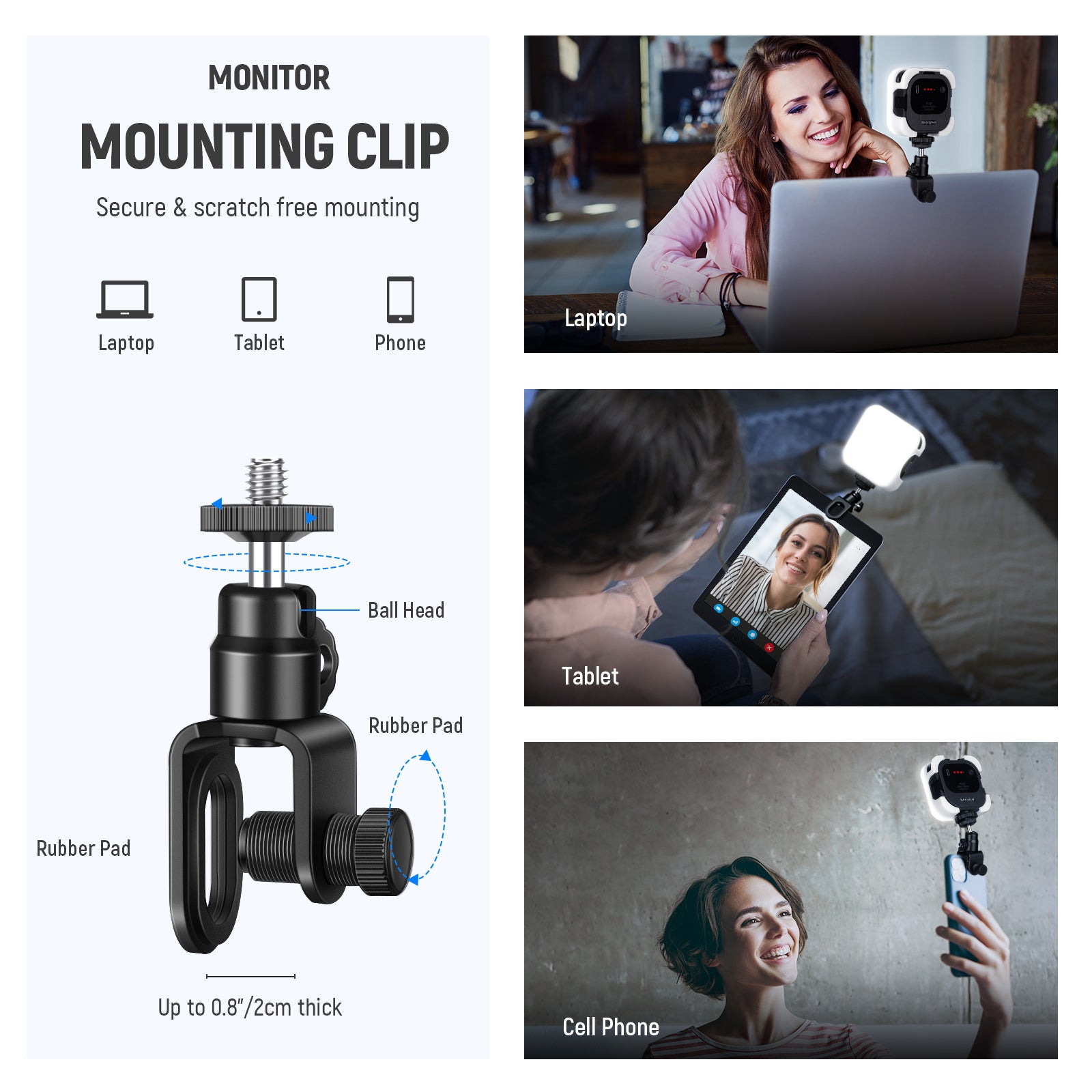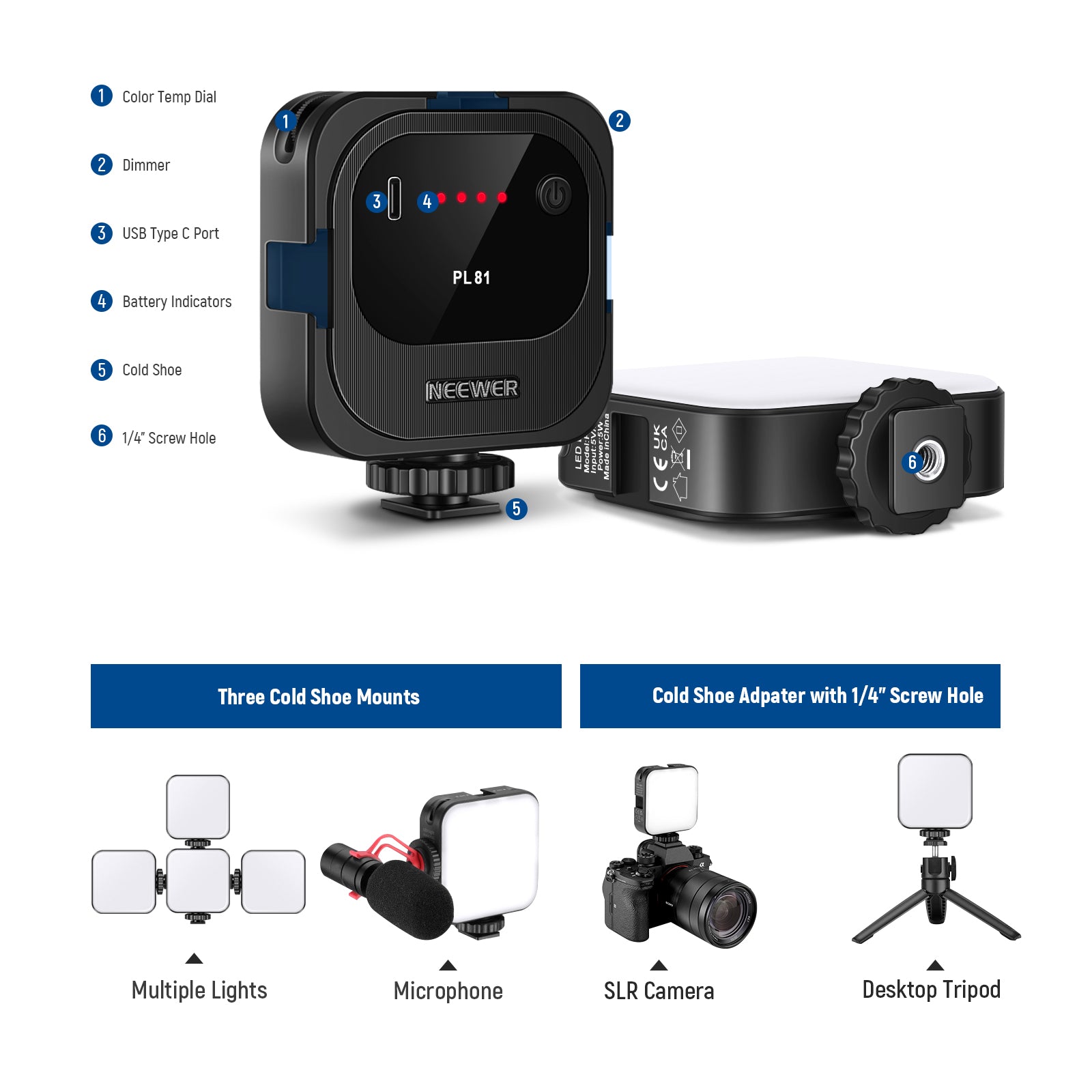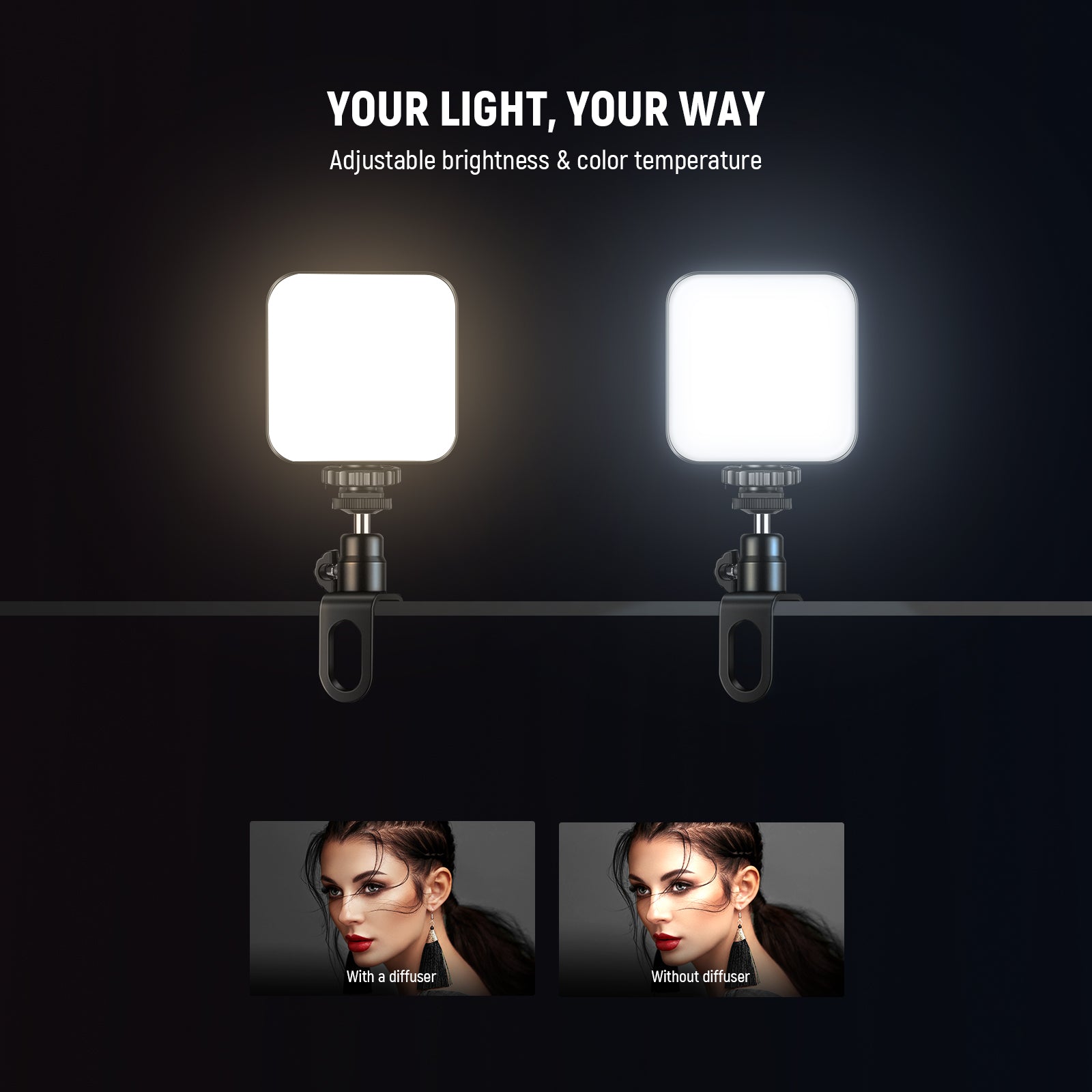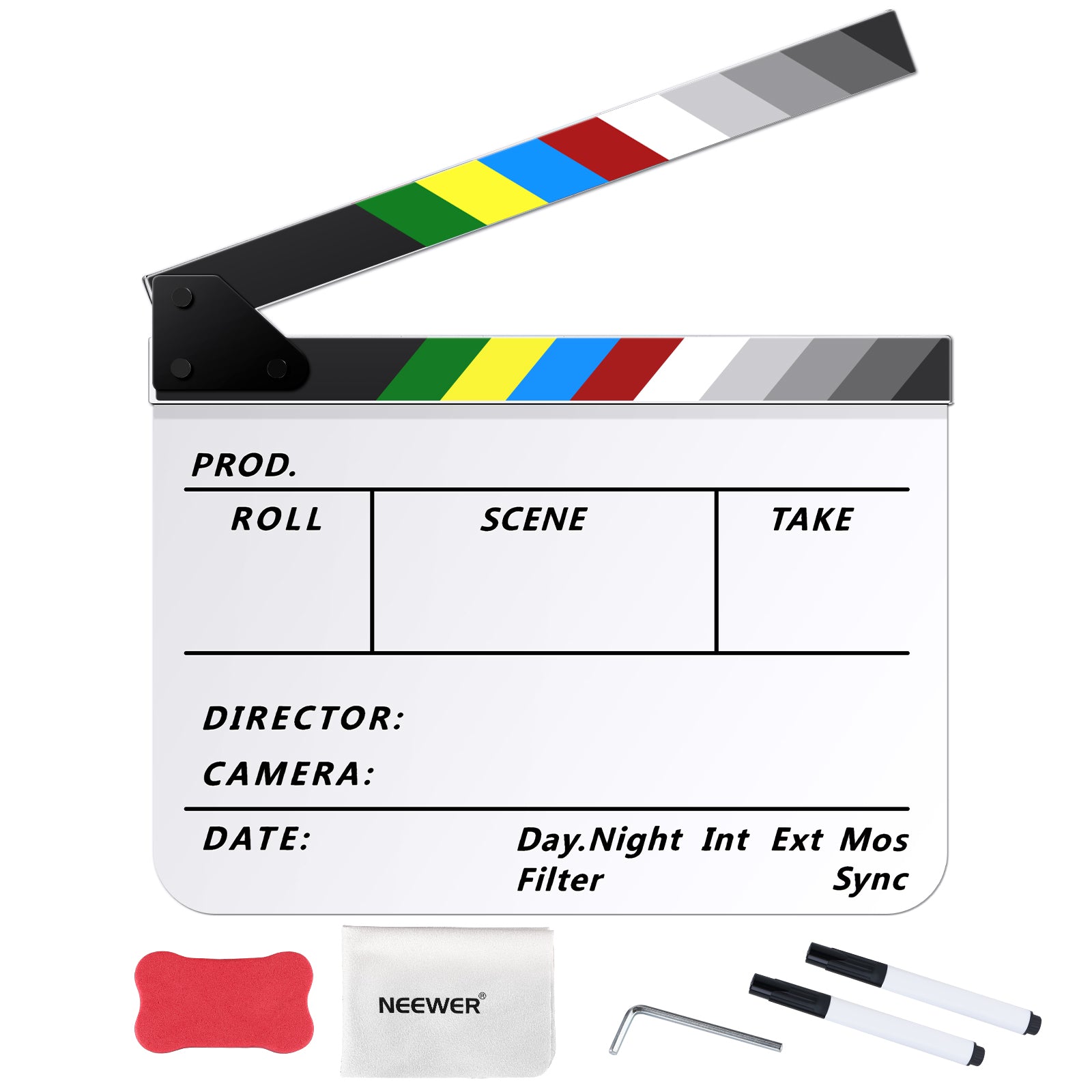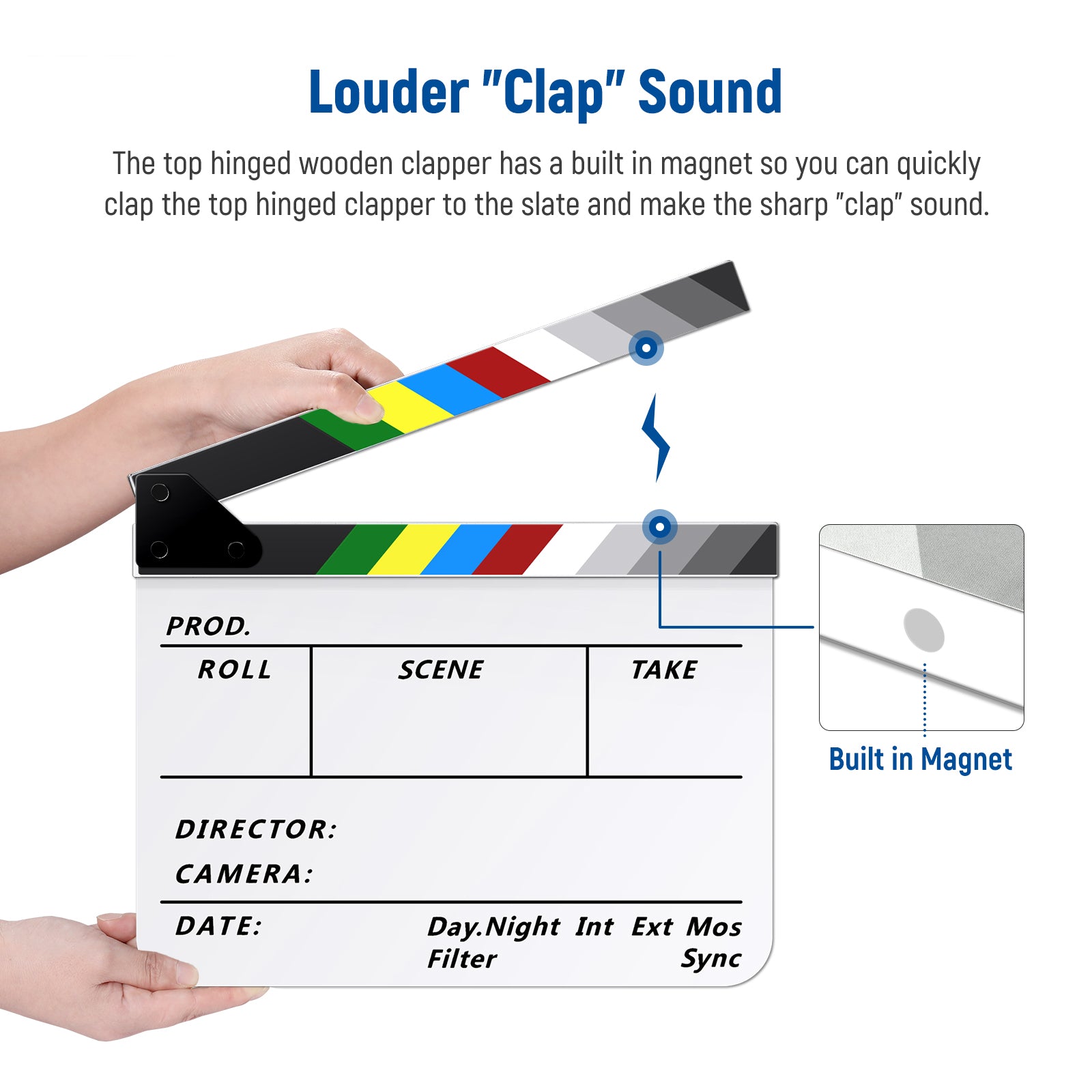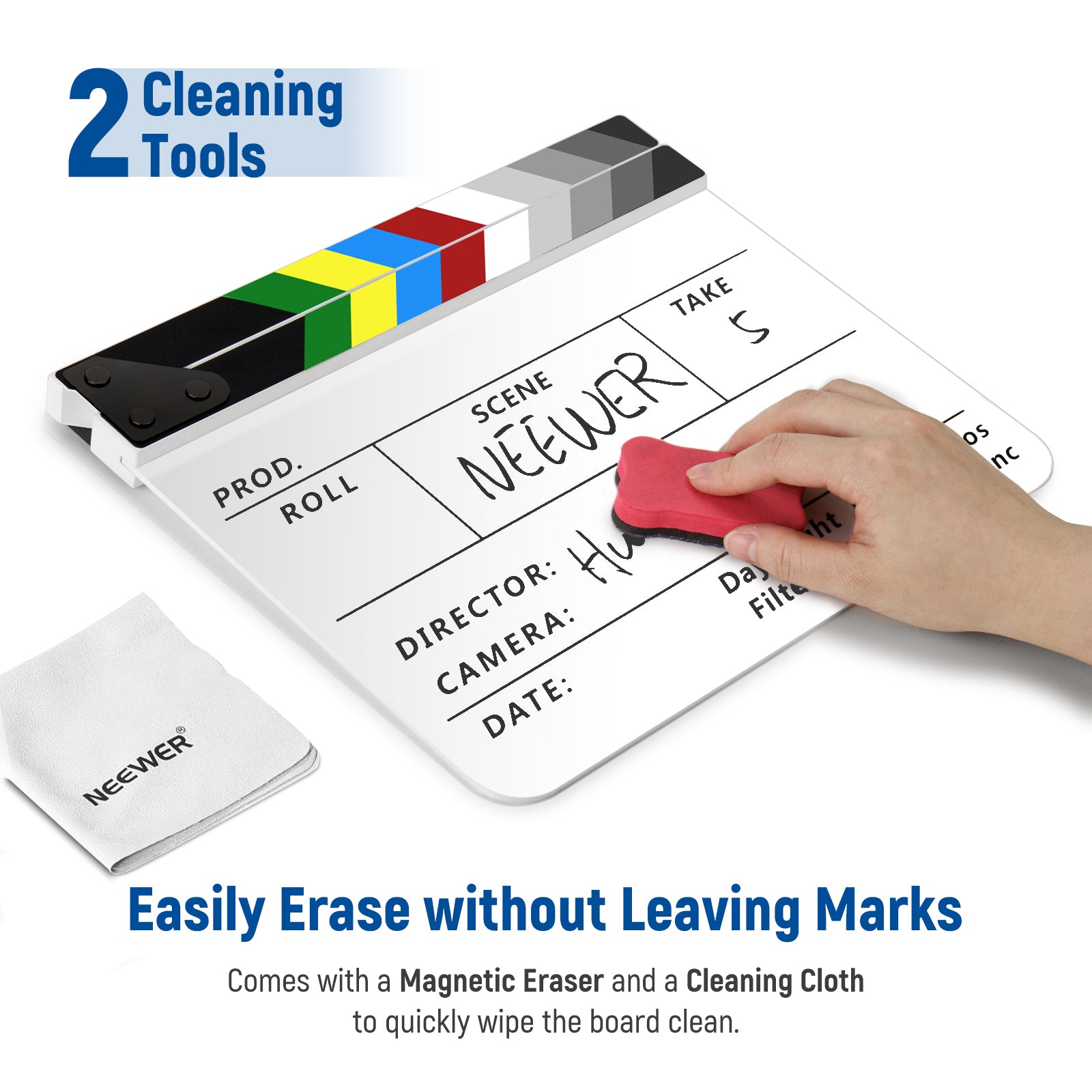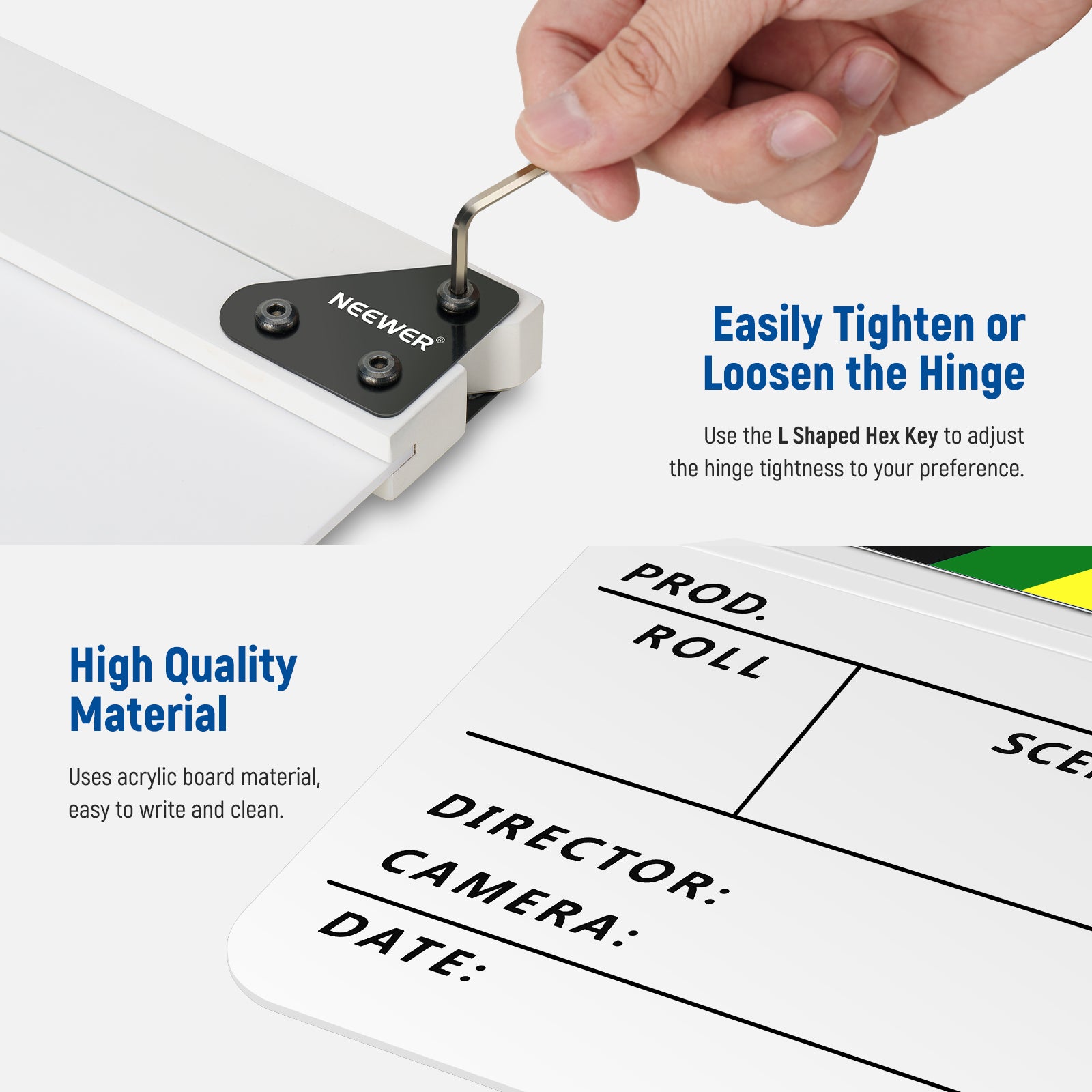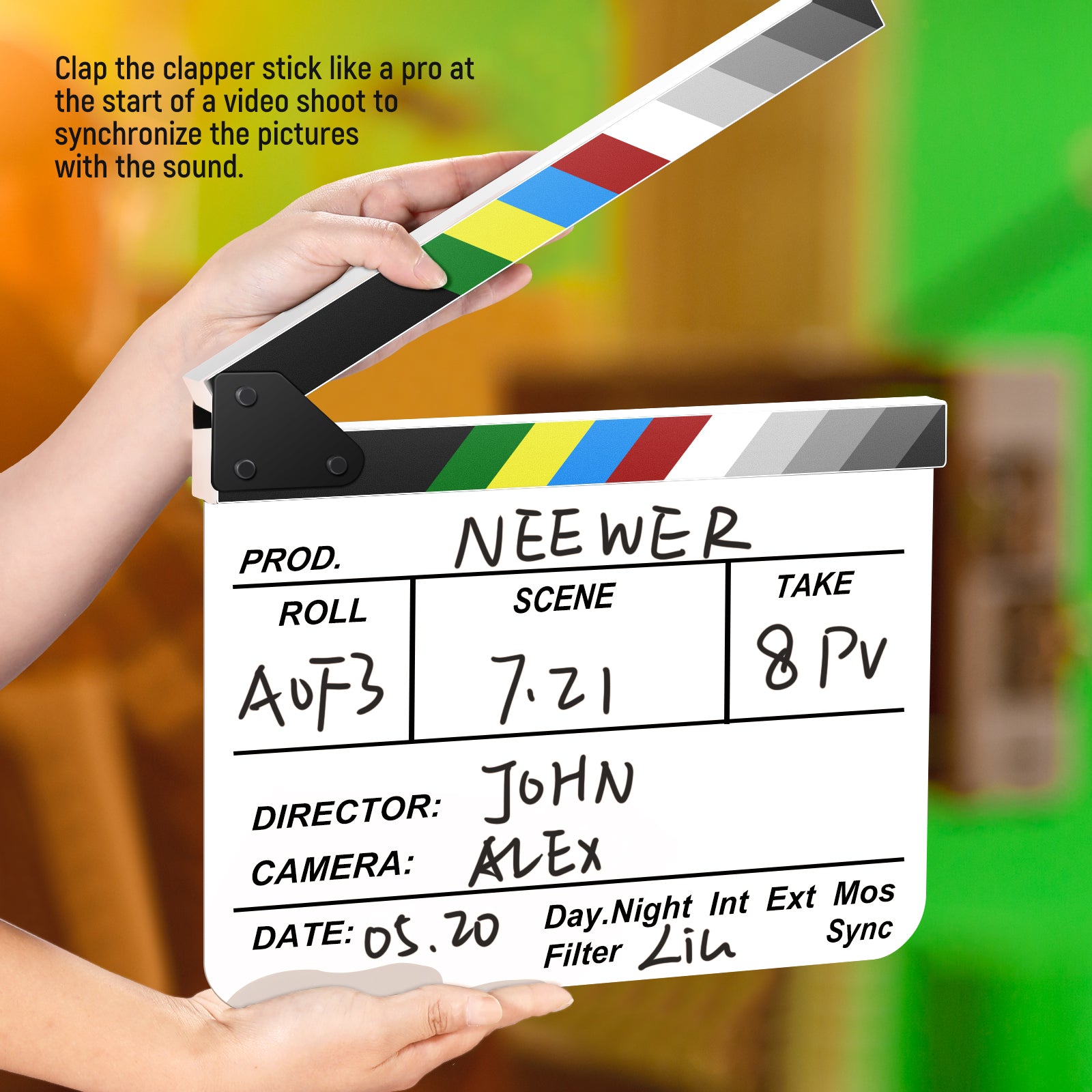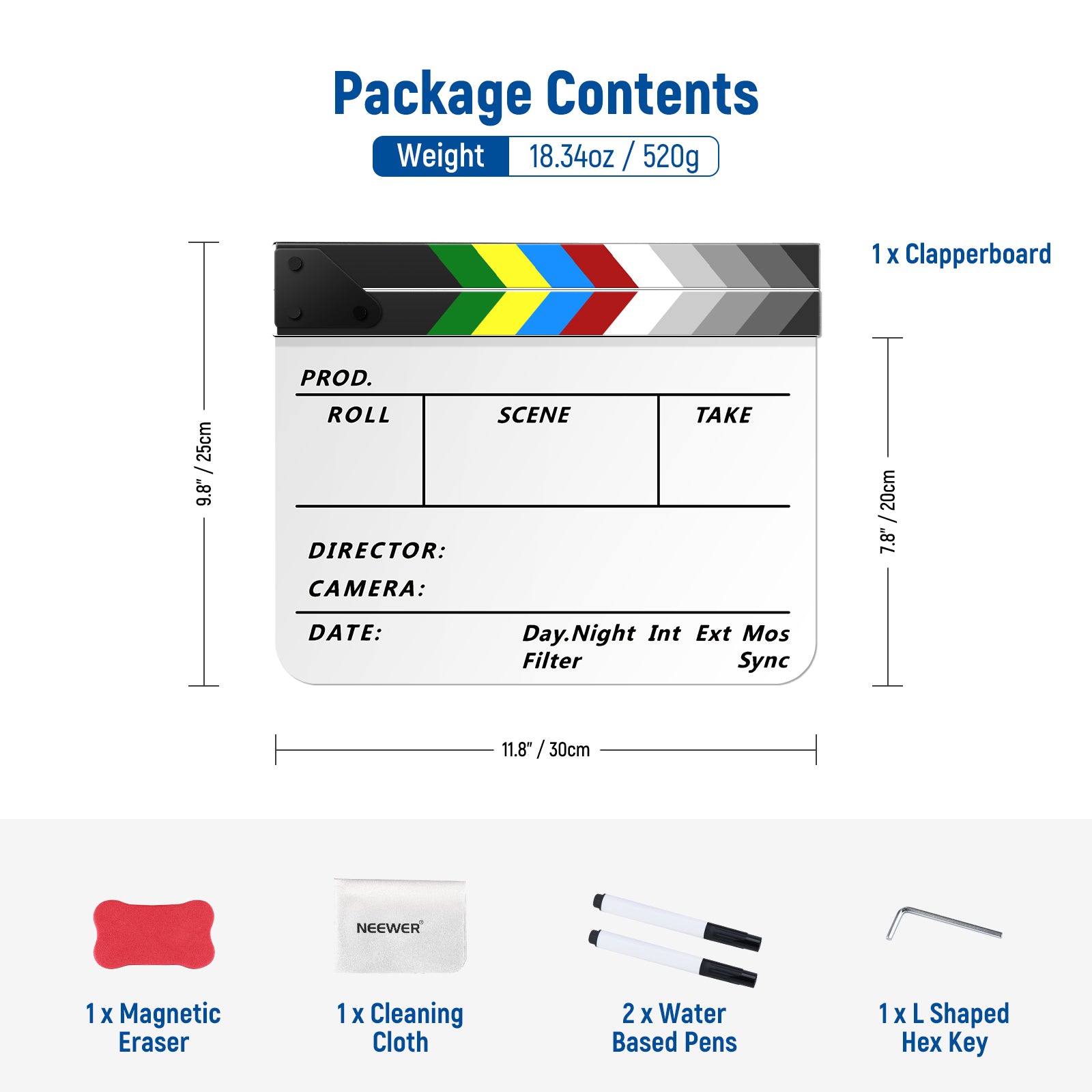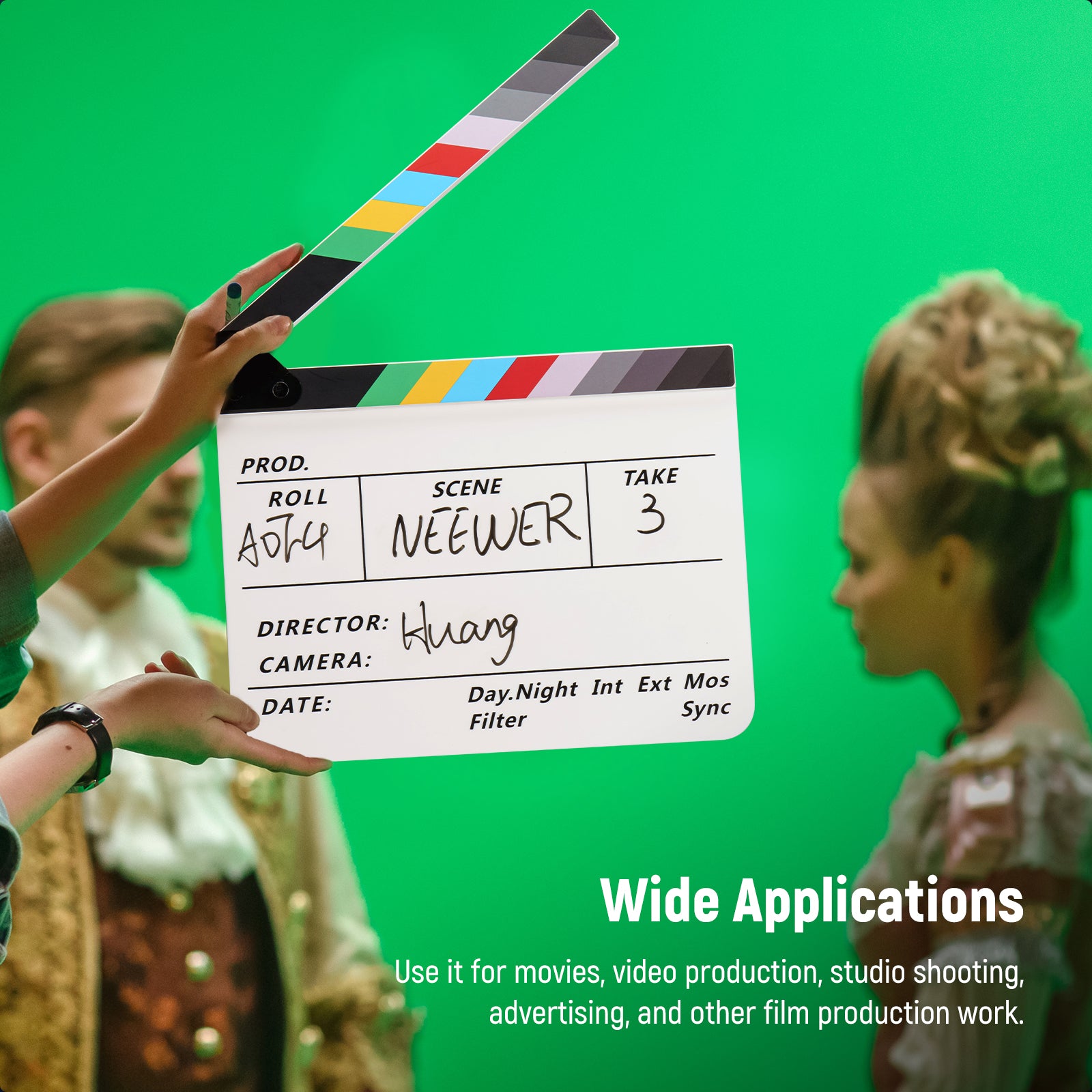Table of Contents
A high-quality video light can effectively enhance the visual quality of your videos, help you create the right atmosphere, and make your footage more appealing. However, you need to choose the right light based on the environment in which you are recording and your shooting style. To help you make a satisfactory investment, in this blog post, we have selected four of the best video lights and shared some tips on how to choose them.
Video Lights at a Glance
|
Model |
Item Type |
Max Illumination |
Color Temperature |
CRI/TLCL |
Weight |
|
AP150B |
Bi-Color LED Panel Light |
49500Lux/0.5m |
2500K-8500K |
96+/97+ |
4.6kg |
|
FS300C |
COB LED Video Light |
29000lux/1m |
2500K-7500K |
95+/97+ |
2.2kg |
|
TL60 RGB |
Light Stick |
1730lux/0.5m |
2500K-10000K |
97+/98+ |
820g |
|
N96 |
LED Camera Light |
518lux/0.5m |
3000K-9000K |
/ |
108g |
Best Video Lights in 2026
1. NEEWER AP150B Bi Color LED Panel Video Light

The NEEWER AP150B is a 150W bi-color LED panel light that is ideal for studio video shooting. This video light features an advanced LED optical design and TIR lens modules, providing high-quality, penetrating light. It can offer 49,500 lux/0.5m or 17,200 lux/1 m at 6500K. The NEEWER AP150B features three lighting modes, including CCT, FX, and Source modes. In CCT mode, you can adjust the color temperature from 2500K to 8500K. FX mode offers 13 scene effects, while SOURCE mode supports 14 light source matching options.

The NEEWER AP150B video light supports four control methods, including APP, 2.4G, DMX port, and panel control, making it extremely convenient. You can easily adjust parameters and achieve wireless control and complex multi-light management. Additionally, it is equipped with an ultra-quiet cooling system, so it can create a nearly silent shooting environment during video recording.
Pros:
- Advanced LED Optical Design & TIR Lens Module
- Silent Cooling Fan & Smart FM Mode
- APP/2.4G/Panel/DMX Control
2. NEEWER FS300C RGB LED Video Light

The NEEWER FS300C is also a video light suitable for professional studio video shooting, providing an illuminance of up to 29000lux/1m. It also features an RGBCW mode, allowing you to add more creativity to your videos. It uses PWM dimming technology to achieve ultra-high precision dimming, meeting a variety of shooting needs.

The NEEWER FS300C RGB LED Video Light is equipped with a silent cooling fan that ensures efficient heat dissipation, prevents the lamp body from overheating, and reduces noise interference during video recording. It also features a standard Bowens mount for connecting other accessories. In addition to being powered by an adapter and power cord, this RGB video light can also be powered by a V-mount battery, enabling more convenient and longer-lasting illumination.
Pros:
- Precisely Dimmed Full RGB Video Light
- Quiet Cooling Fan & Standard Bowens Mount
- Dual Power Supply with Cable Lock
3. NEEWER TL60 RGB Tube Light
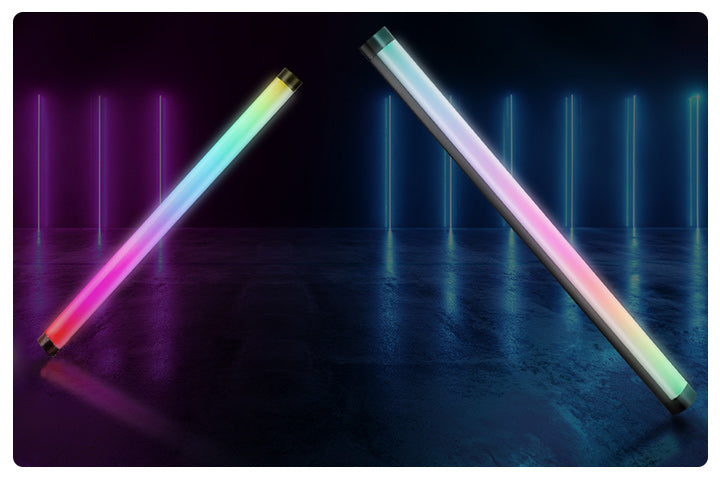
For those looking to invest in a compact video light that can easily fit into a bag, the NEEWER TL60 RGB Tube Light is a satisfying choice. It features high-quality LEDs and a high-transmittance curved diffusion panel, providing soft and balanced lighting. With the support of exclusive RGBWW color-mixing technology, it can achieve precise color mixing and reproduce the full color spectrum. Most importantly, it weighs just 820g and measures only 42 x 665mm, making it extremely portable.

The NEEWER TL60 RGB video light has 8 independently controllable pixel zones, allowing you to adjust the brightness, color temperature, and pixel effects of each zone individually. Additionally, it features a music scene effect that changes the color of the lights in sync with the beat, making your videos more attractive.
Pros:
- Comprehensive Color Adjustment Modes
- 7 Pixel Effects & 18 Special Scene Effects
- Multiple Control & Mounting Methods
4. NEEWER N96 Magnetic LED Video Light

If you're looking for a video light for outdoor shooting, the NEEWER N96 is the perfect choice. It's a compact mini LED cube panel light with a softbox, weighing just 108g, making it extremely lightweight and portable. In addition to being compatible with cameras, it can also be attached to smartphones or laptops using the included mounting bracket. Additionally, this video light has built-in magnets on the back, allowing it to adhere to magnetic metal surfaces for even lighting.
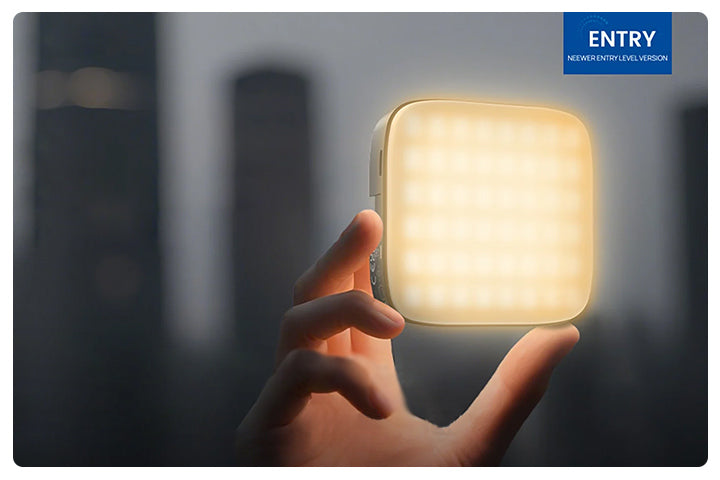
The NEEWER N96 LED video light is equipped with 96 high-quality LEDs, providing soft lighting of up to 518 lux at a distance of 0.5 meters. It has a built-in 2000mAh rechargeable lithium battery, so it can provide up to 102 minutes of continuous lighting at 100% brightness, which is usually sufficient for outdoor video recording.
Pros:
- Customizable Lighting for Camera
- Compact & Portable
- 2000mAh Rechargeable Battery
Buyer’s Guide: Picking the Right Video Light for Your Needs
1. Match the Light to Your Shooting Style
|
Type |
Best For |
Pros |
|
LED Panels |
Interviews, YouTube, Zoom |
Soft, even light; dimmable; often battery-compatible |
|
COB Lights |
Cinematic lighting, key light setups |
Very bright; great for modifiers like softboxes |
|
Ring Lights |
Beauty, makeup, solo creators |
Even light with eye catchlights; easy to set up |
|
RGB Lights |
Music videos, creative effects |
Full color control; fun for backgrounds |
|
On-Camera Lights |
Vlogging, events |
Compact and mobile |
2. Pay Attention to Brightness & Light Quality
A common mistake is buying a video light that’s just “bright enough” for now. The truth is, you’ll almost always need more power than you expect. Brightness is measured in lux (usually reported at 1 meter), and even lights with the same wattage can differ drastically in real-world output. A 60W COB light might deliver 8,000 lux at 1m, while a basic panel might only reach 1,500 lux. More brightness gives you flexibility: you can place the light farther away for more natural falloff, use modifiers like softboxes (which reduce output), or shoot in brighter environments like daylight-filled rooms. When your light is too dim, your camera compensates by raising ISO, which introduces grain and noise. Always go a little stronger than you think you’ll need—it's better to dim a powerful light than to be stuck with one that can’t compete with ambient light. Think of brightness as buying headroom for future shooting situations.
3. Look for Bi-Color Control and Consistent Color Temperature
Color temperature refers to how warm or cool a light looks, measured in Kelvin (K). For video creators, having a bi-color light—typically adjustable between 2700K (warm tungsten) and 6500K (cool daylight)—gives you the flexibility to match your lighting to different environments. If you're filming indoors with yellowish room lights or outdoors in bright daylight, being able to dial in the color temperature ensures your footage stays consistent and natural-looking. Fixed-color lights (usually at 5600K) can work well if you always shoot in the same place or under controlled lighting. But for most creators, bi-color is a smart investment because it reduces the need for color correction in post-production. Also, make sure the video light has high color accuracy, indicated by a CRI or TLCI rating of at least 95. Low-quality lights might look bright on paper, but poor color rendering can ruin skin tones and make products look off. Don’t overlook this spec.
4. Prioritize Mounting and Power Options for Flexibility
One often overlooked but hugely practical factor is how your light mounts and how it’s powered. This affects everything from where you can place your light to how long it can run during a shoot. Make sure the light is compatible with standard light stands or tripod mounts, and ideally has a tilt-able yoke for fine-tuning angles. Lights with flimsy or proprietary mounts can make positioning awkward and limit creative control. On the power side, check whether the light can run on both AC and battery—this dual-power flexibility is a game changer. For example, you might want wall power in your studio but need to go wireless on location. Look for options that accept NP-F batteries, V-mount, or USB-C charging, depending on your mobility needs. The most useful video lights are the ones you can set up anywhere, anytime, without worrying about where the nearest outlet is. In real-world production, that freedom matters a lot.

